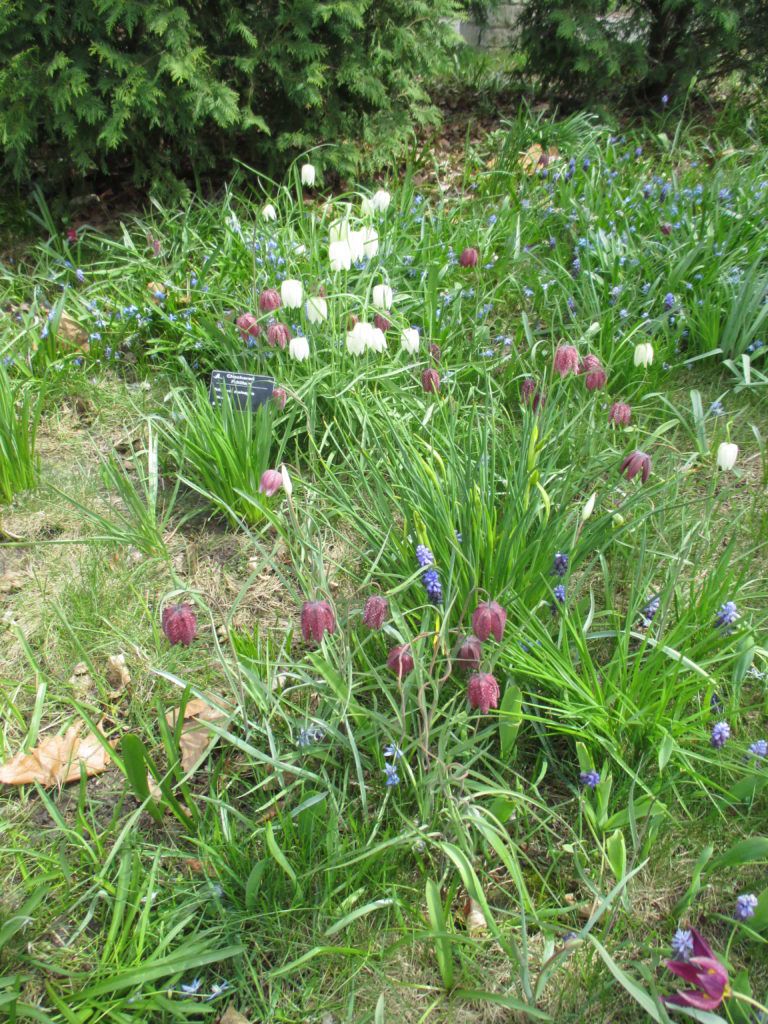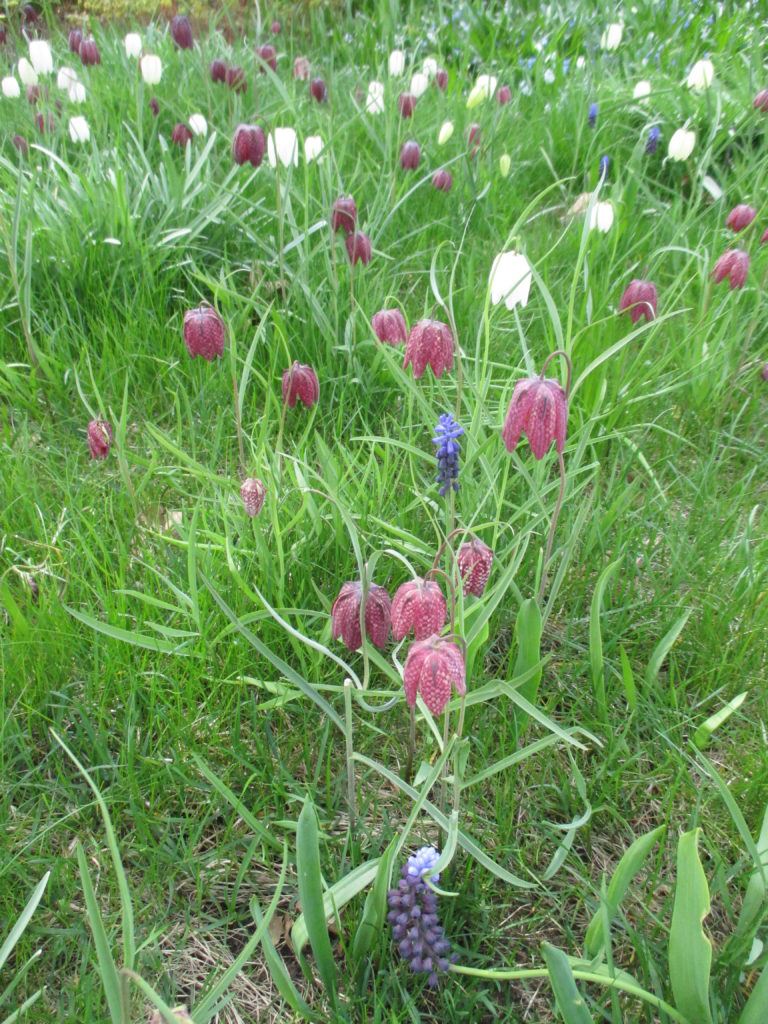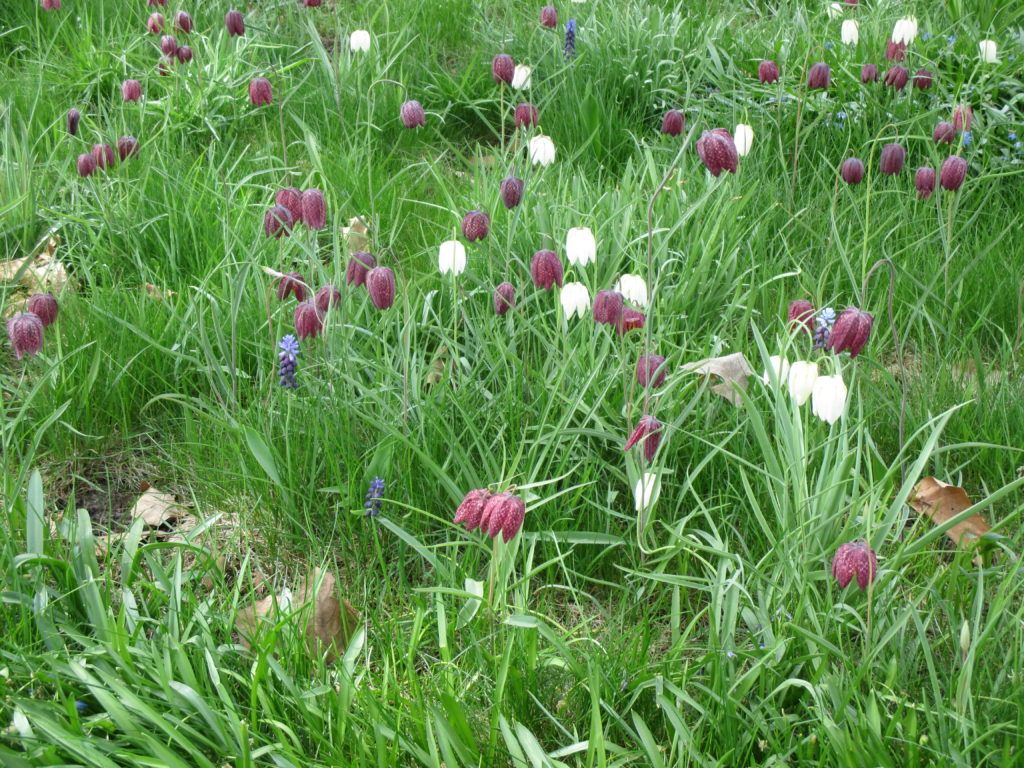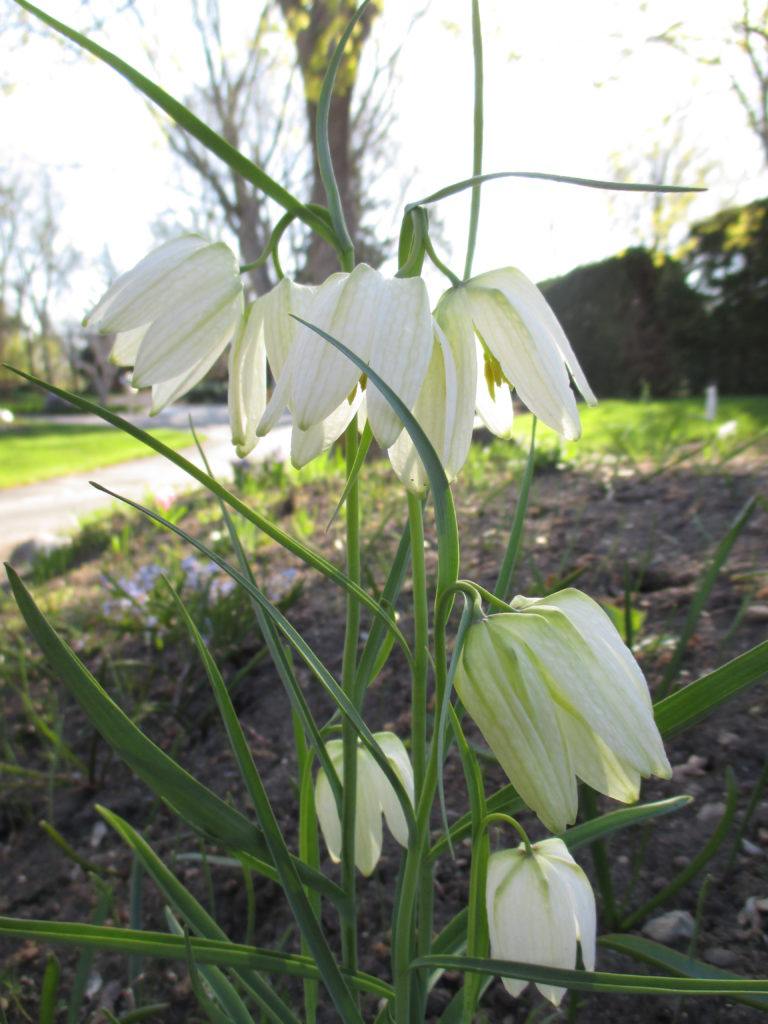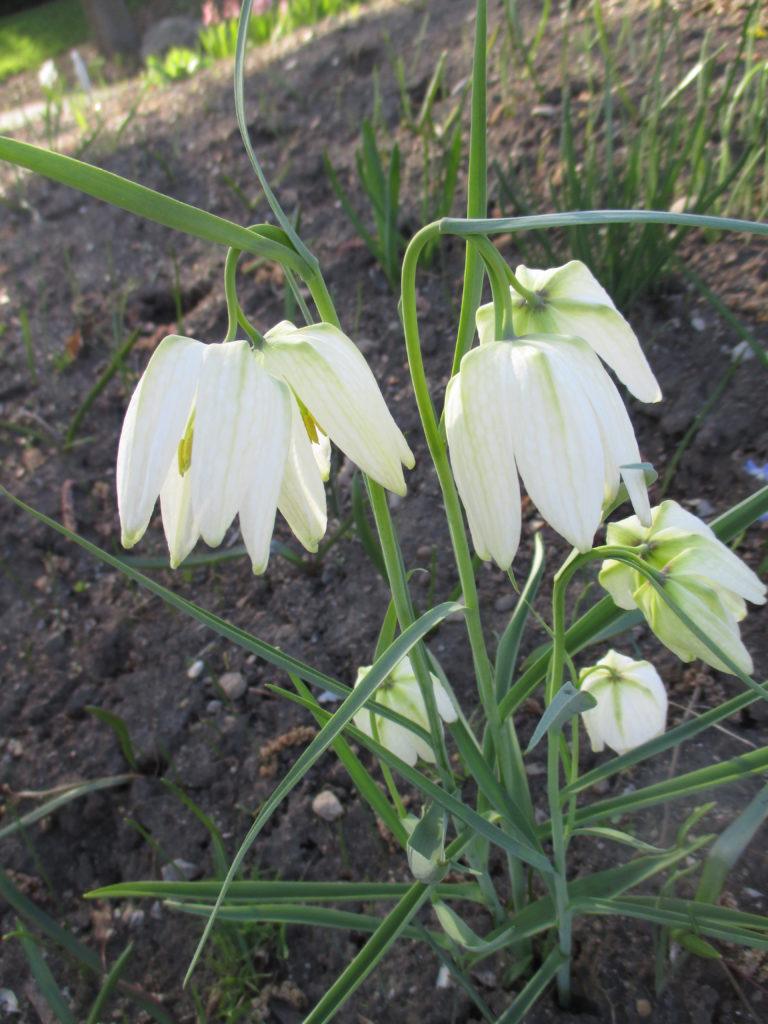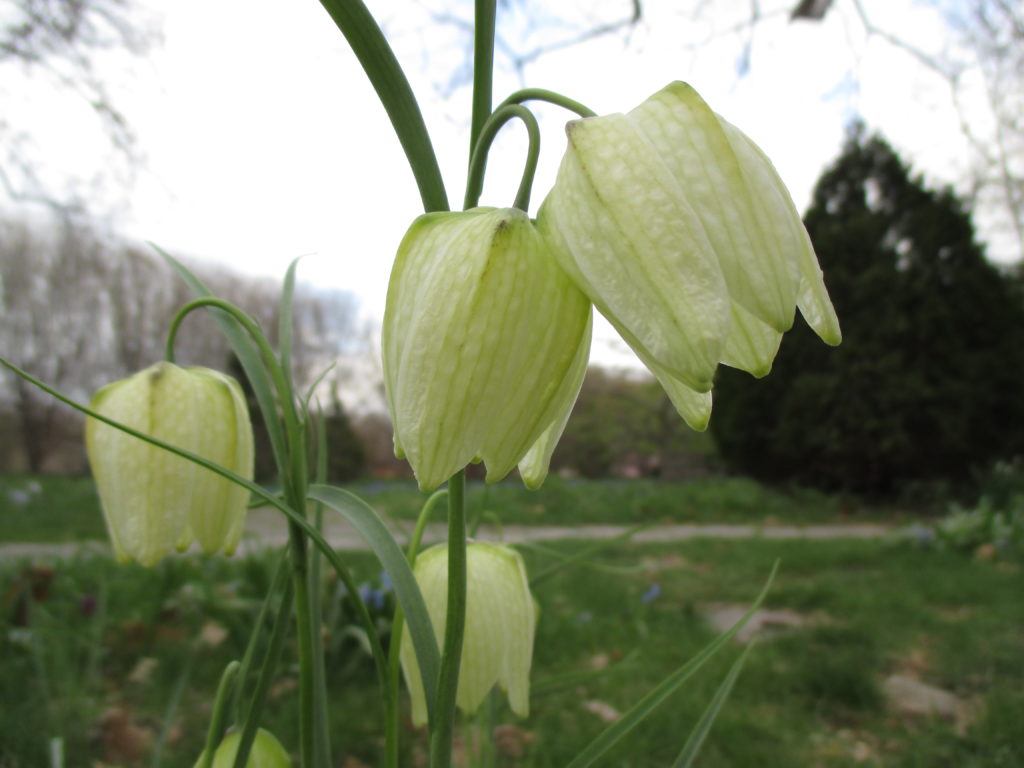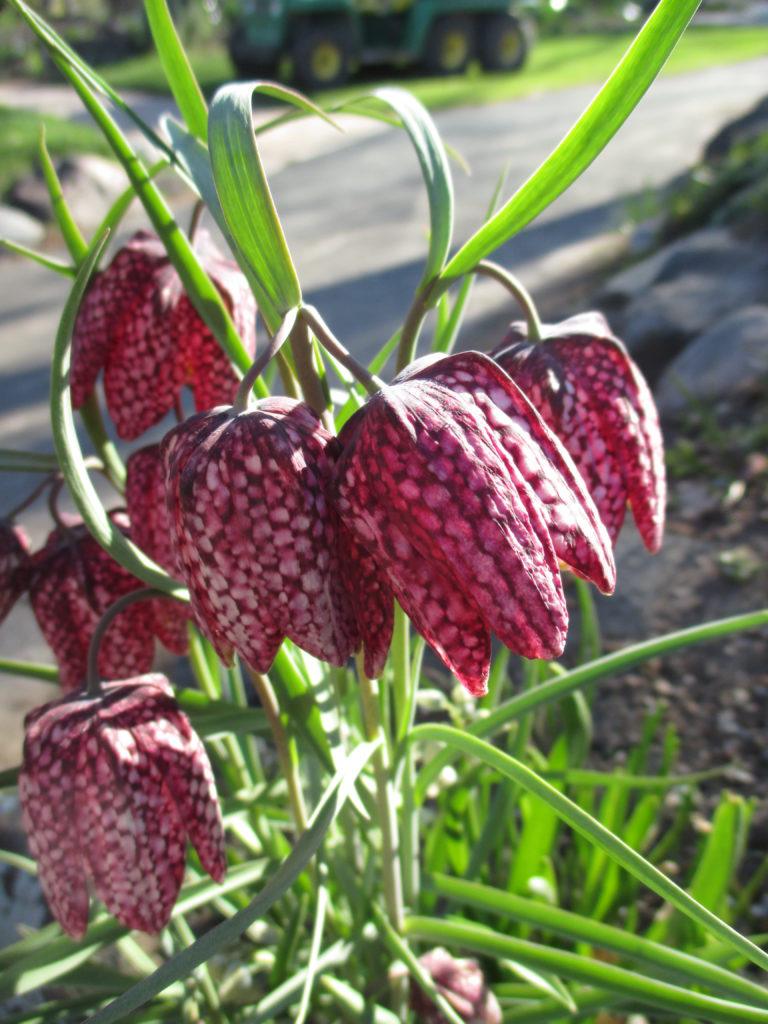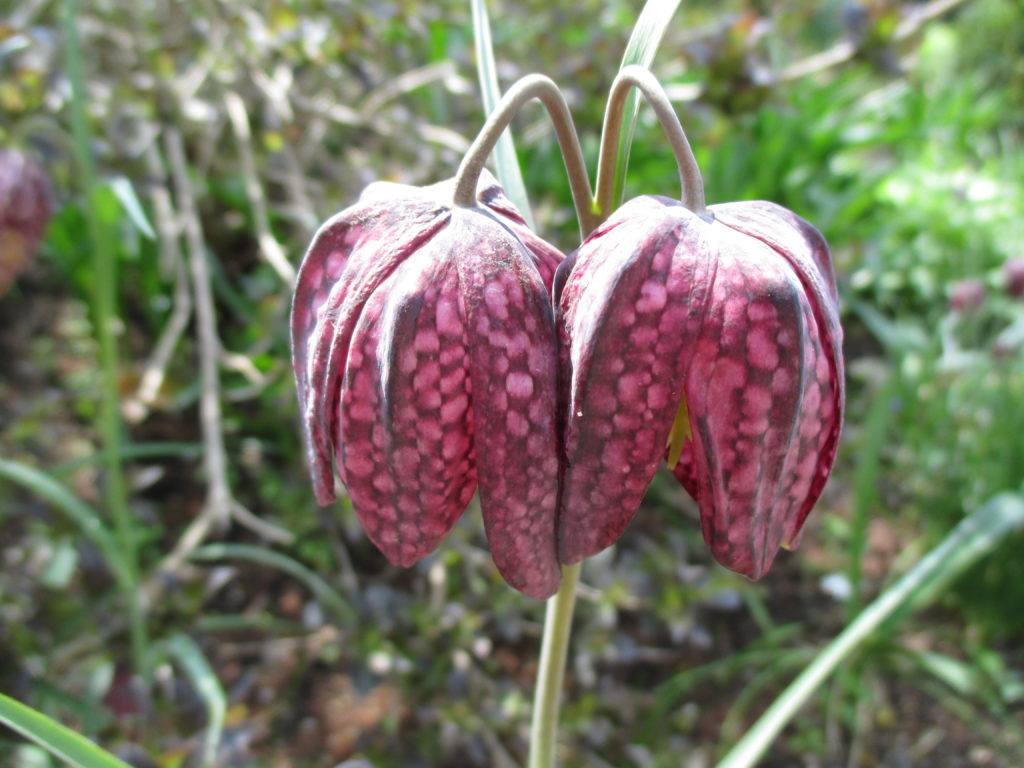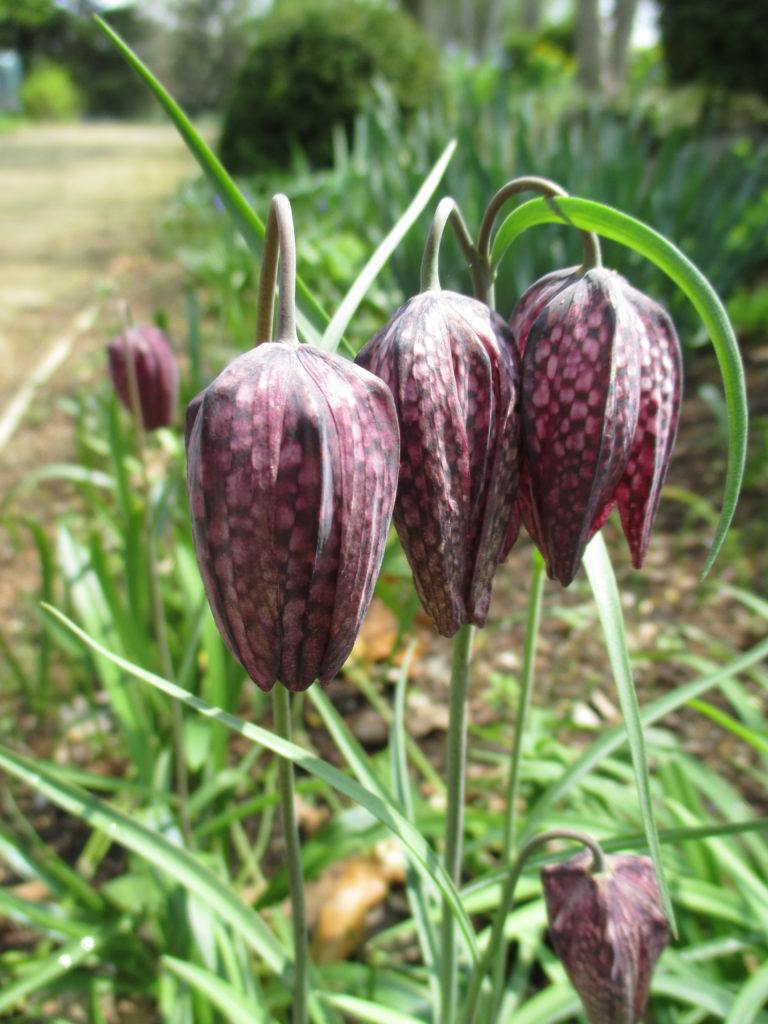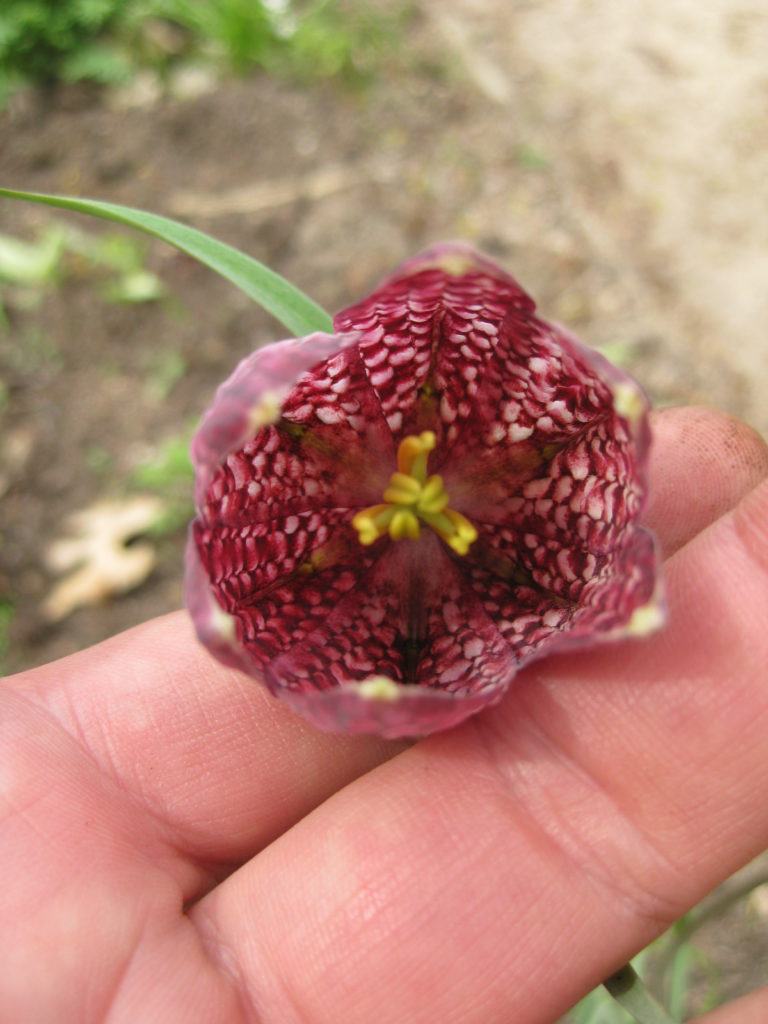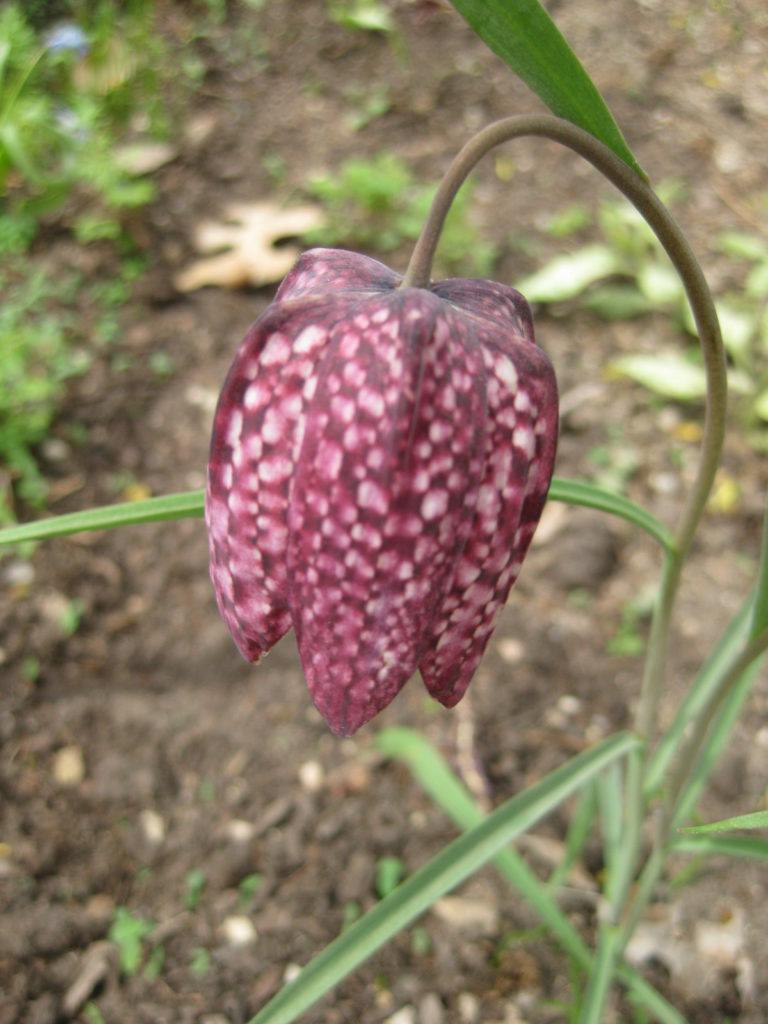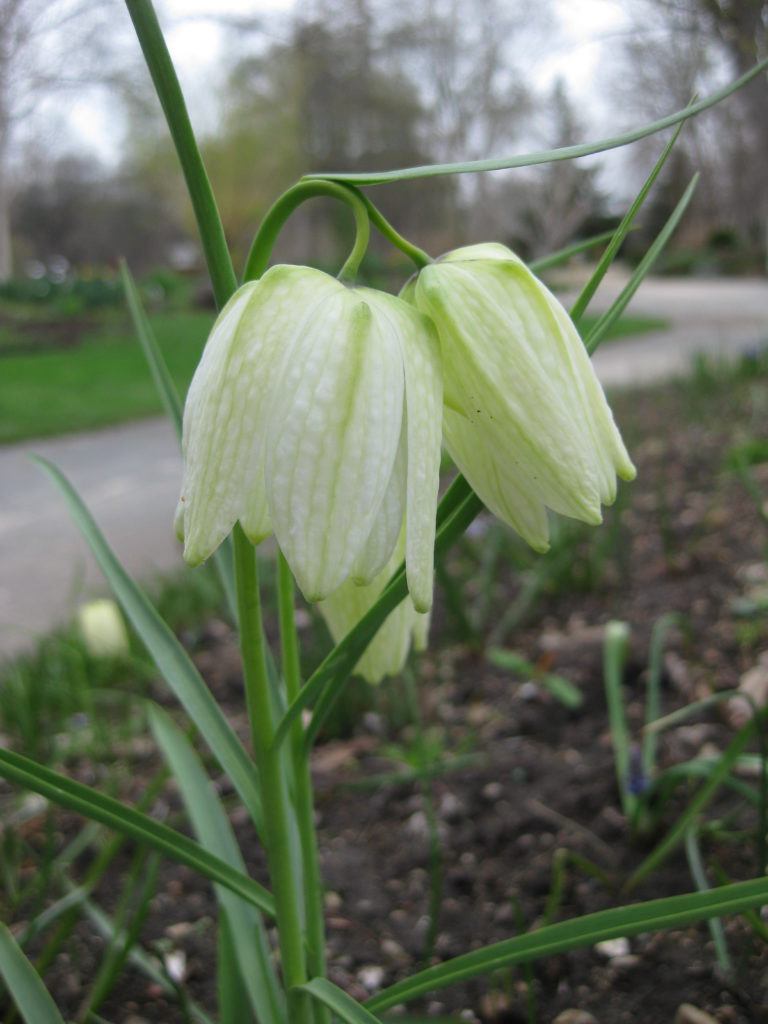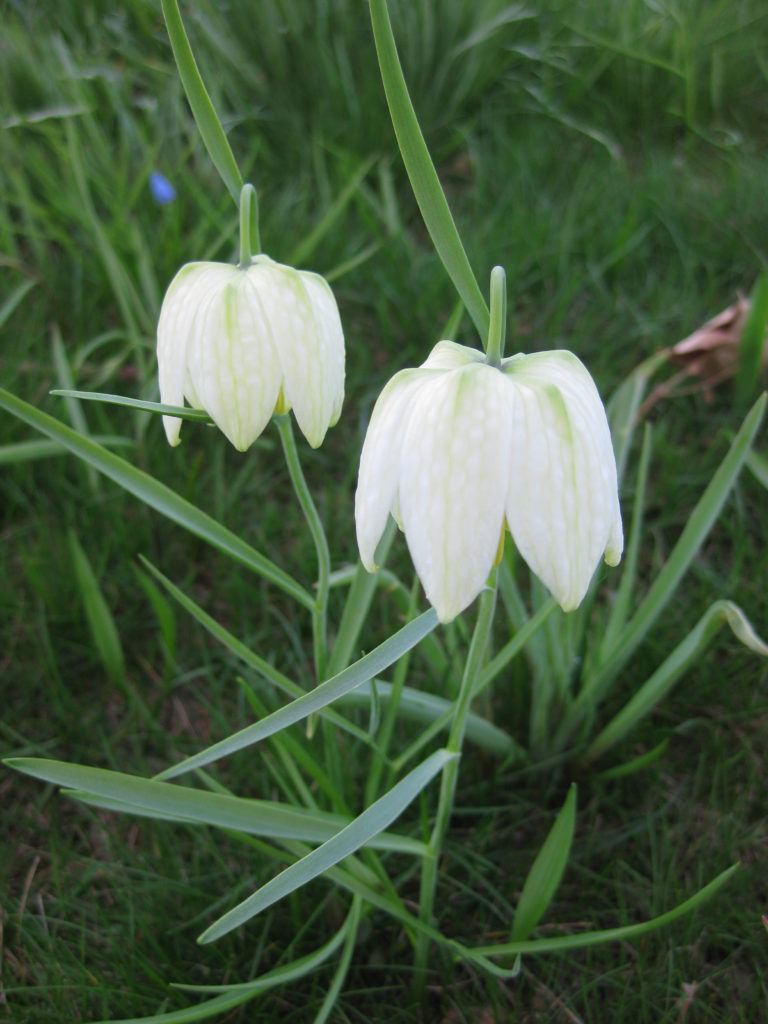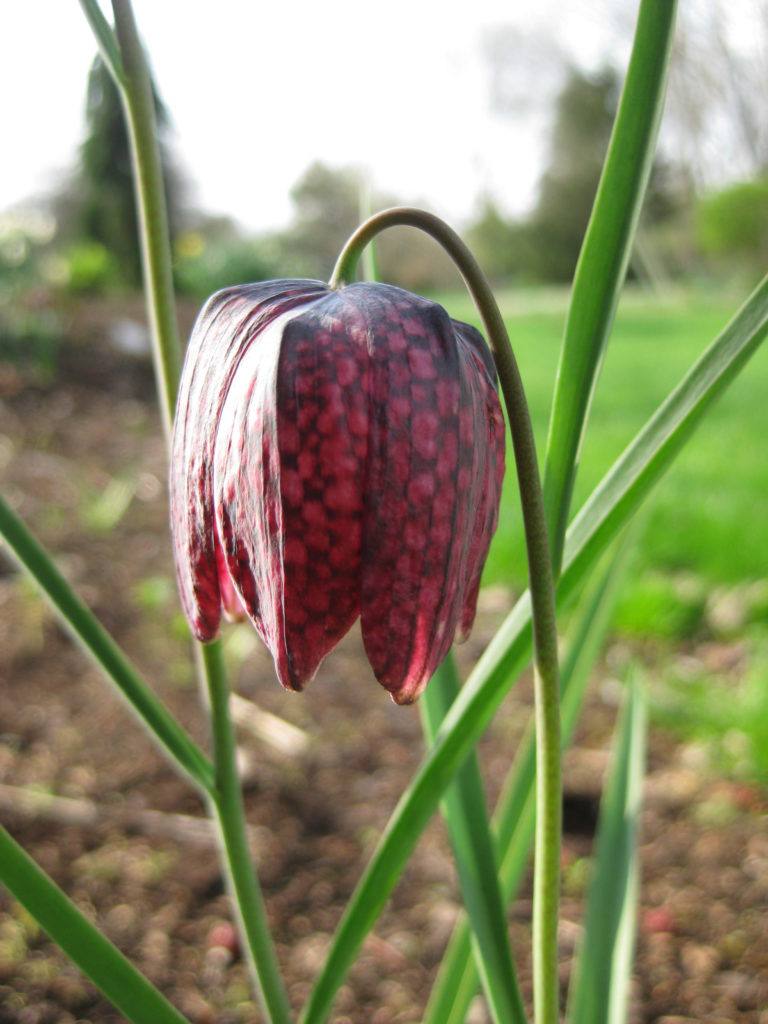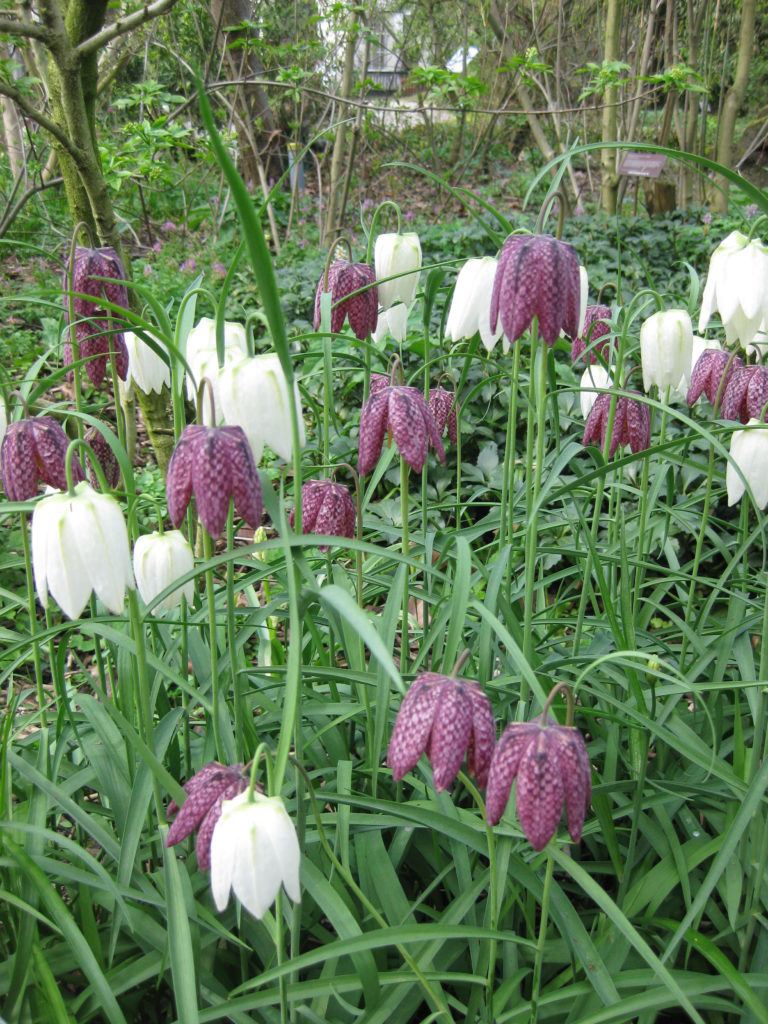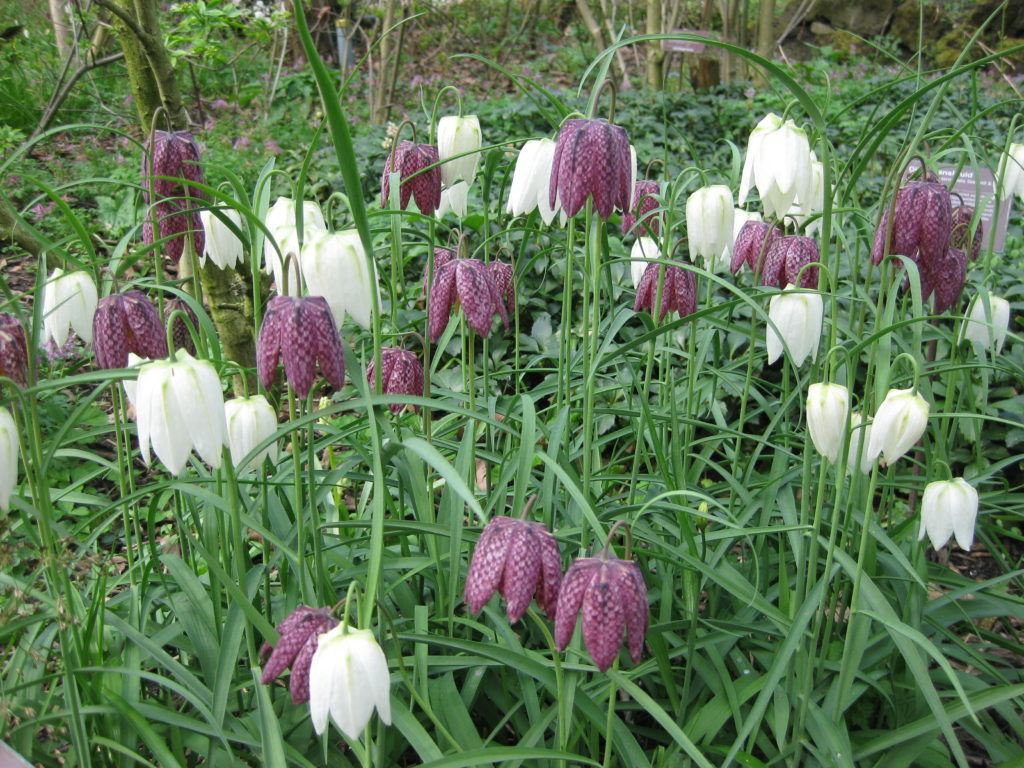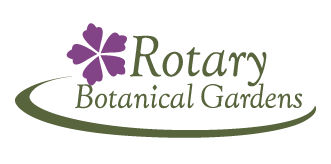Enriching lives through beauty, education, and the arts.
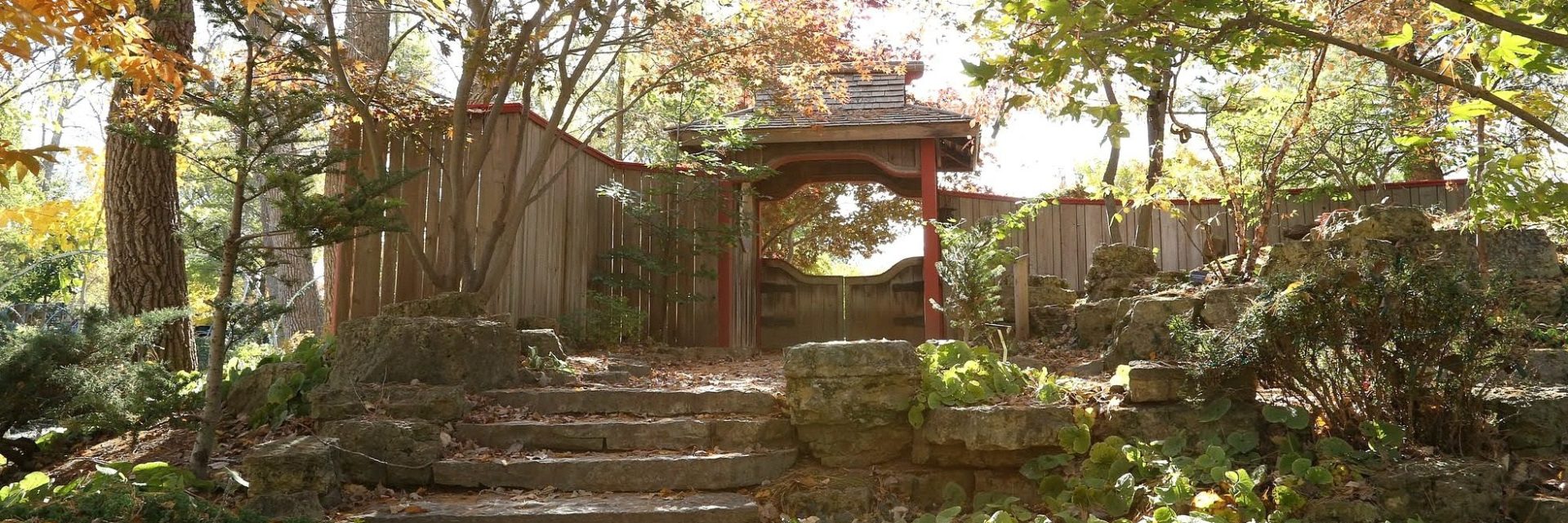
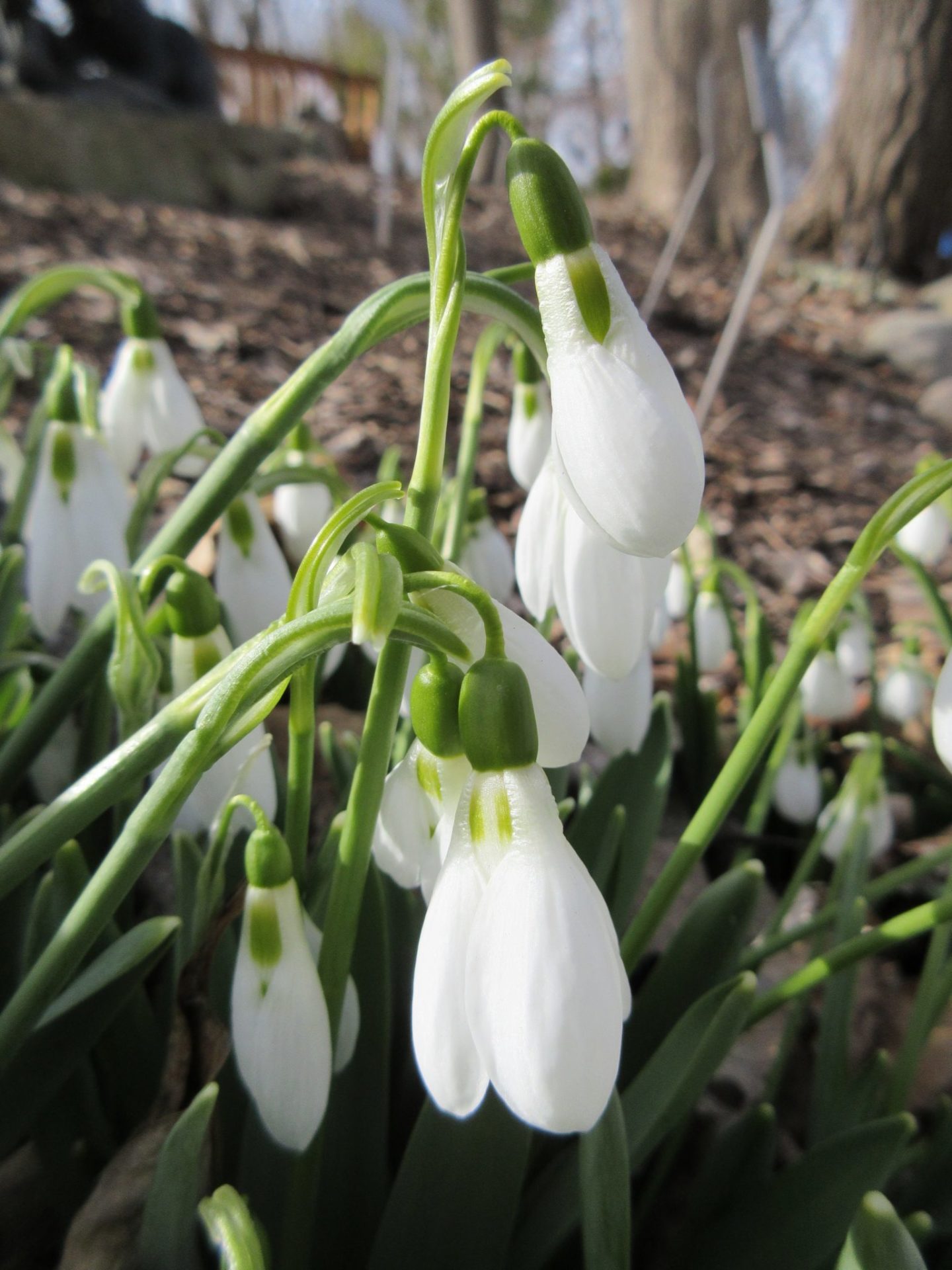

This past Saturday we had our Volunteer Fair (9 am – 12 noon) at the Parker Education Center. We had some interest from potential volunteers and also had some existing volunteers come in to check out some of the other opportunities. Flannery and Dylan (above) and Pat S. (below) were three of our volunteers representing certain “categories” of volunteerism. Thanks also to Ron R., Barb S. and Joe B. for helping out as well. Becky and Marcia L. did a nice job getting everything arranged and ready. The lecture on lawns (Dr. Doug Soldat, UW-Madison) at noon had a decent crowd of 20 and the topic was excellent. Check out our website for more information on future lectures, symposia and special events coming up soon! The season is upon us.
Today was partly sunny and while still cool, the hint of spring was in there air and seen with some of our earliest of blooms. Grounds staff today included Larry H., Janice P., Larry O., Bobby K. and myself. I was able to get around the gardens and chart out a plan of attack for spring clean-up efforts. We also had a nice volunteer turnout. Our gardening volunteers today included Kathy P., Ron R., Bob C. and Steve E. Carpenters included Dave, Vern, Ron Y., Steve J., Firefighter Cathy and Jim. Del was in to help as was Dick H. Dr. Gredler continued with painting, Maury ran errands and Kay was in to peel labels. Peg came in to work on labels while Mary Kay updated the reference library. We also saw Mark S., Zorro and many others today.


We had 20 attendees at the lecture on lawns (Saturday) by Dr. Doug Soldat (standing below…)


the moss is looking green throughout the gardens

paper birch (Betula papyrifera) – woody tree

winter aconite (Eranthis hyemalis) is starting to bloom strongly throughout the gardens

Ron R. is back in action (above)

Kathy P. (above)

Virginia bluebells (Mertensia virginica) are emerging quickly – perennial (above)

snowdrops (Galanthus nivalis) are still looking great (above and below)


Dennis (above) doing a great job clearing undesirable underbrush

our pruning season is ending soon but this is one of many piles generated this winter

prairie burn (below) with interesting pile of burnt golf balls above!


Dave, Jim (driving) and Firefighter Cathy (right)
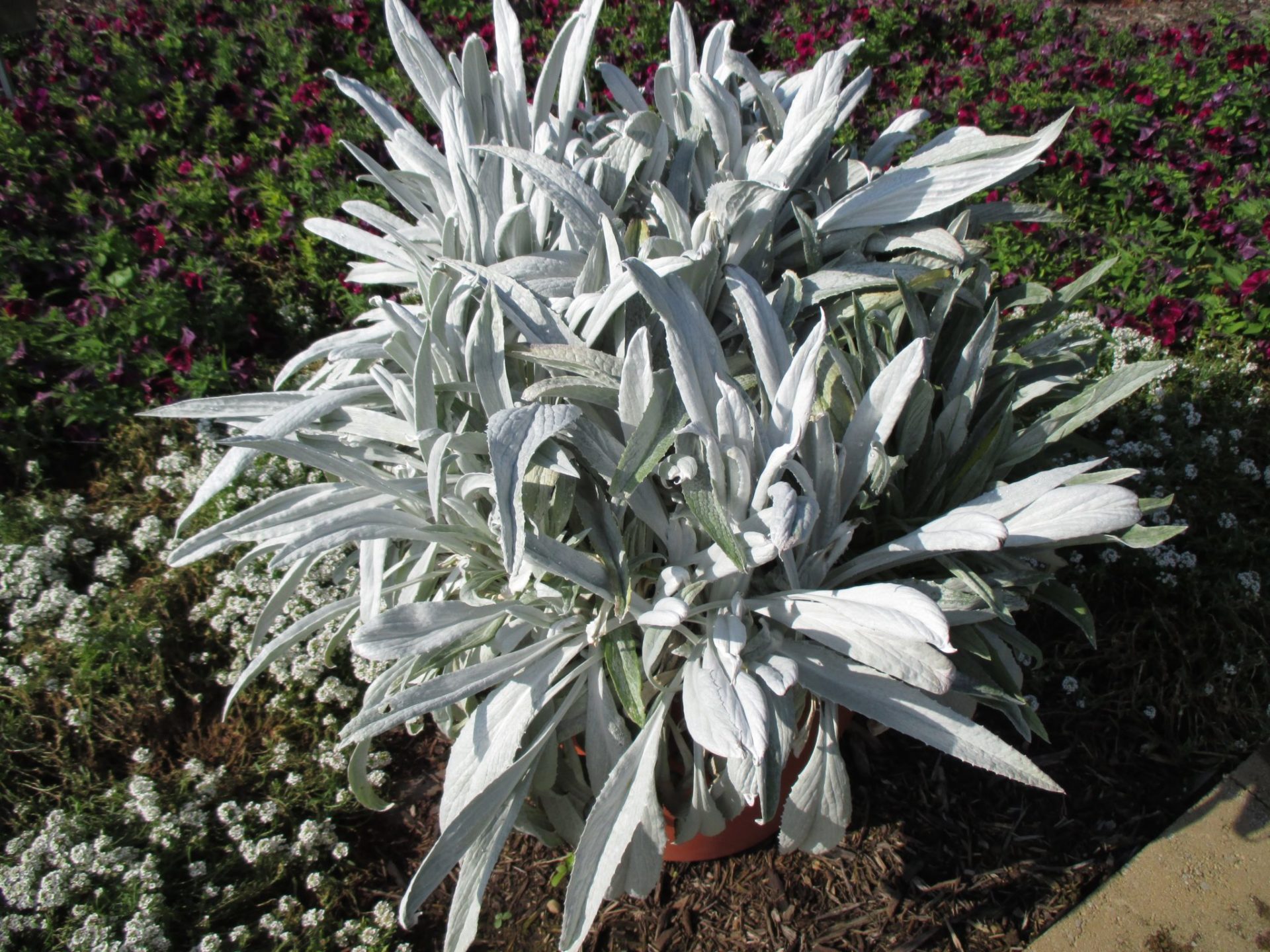
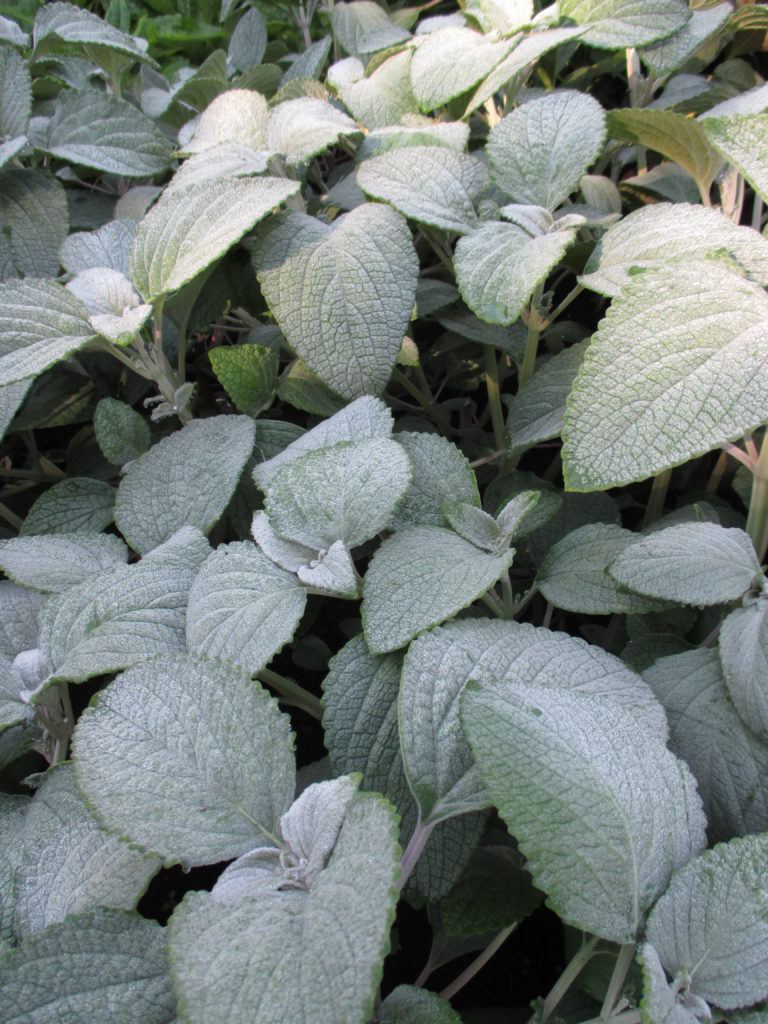
I think just about every presentation I’ve given involving planting design has included my strong promotion of silver-leaved plants. I think silver and white are sorely lacking in most gardens, borders and containers in general. We all enjoy the “hot colors” of yellow, orange and red and hopefully appreciate the “cool colors” of blue, maroon and myriad greens. However, I view white/silver as a unifying color and it’s value becomes even more pronounced at dusk and in areas with low lighting. Silver also combines well with a wide range of other colors. The “illumination” that silver plants provide is a strong visual tool in any landscape. What’s interesting with all of these featured plants (both annuals and perennials), is that they almost all have a furry pubescence. This layer of “fur” increases the surface area of the leaf allowing for even more silvering, an amazing look in moonlight and also helps with water retention for many of these as they are native in areas with hot summers. In summary – Silver is good, use more of it! There are entire gardening books on this topic that will give you more planting ideas and a wider palette. While white flowers are powerful, the surface area of a silver leaf and longer longevity for visual appeal (months compared to weeks) makes for more significant impact.
With spring arriving officially tomorrow on the calendar, the sunny day was beautiful and offered a promise of warmer days (despite the chilly morning!). We had a huge turnout of volunteers today. Staff included Larry O., Cindy, Bobby K. and myself. We worked on a wide range of tasks. Gardening volunteers included Steve E., Grace, Bob C. and Kathy P. They were working on garden tidying, grass cutting and mulching. Larry O. and Dick H. also worked on path repair. Dennis and Garrett continued clearing brush from the North path. Good luck to Garrett who heads shortly to sunny Florida for a new job. Kristin and Stan were in to tidy in the Japanese garden. Vern, Jim, Ron Y., Steve and Firefighter Cathy were all doing carpentry work while Del, Dr. Gredler, Marv and Alan worked on painting. Bill O. worked on some equipment. Peg continued with her labeling projects and we also saw Becky, Maury, Gary A. and many others. There was a lot of activity today which is always nice to see.
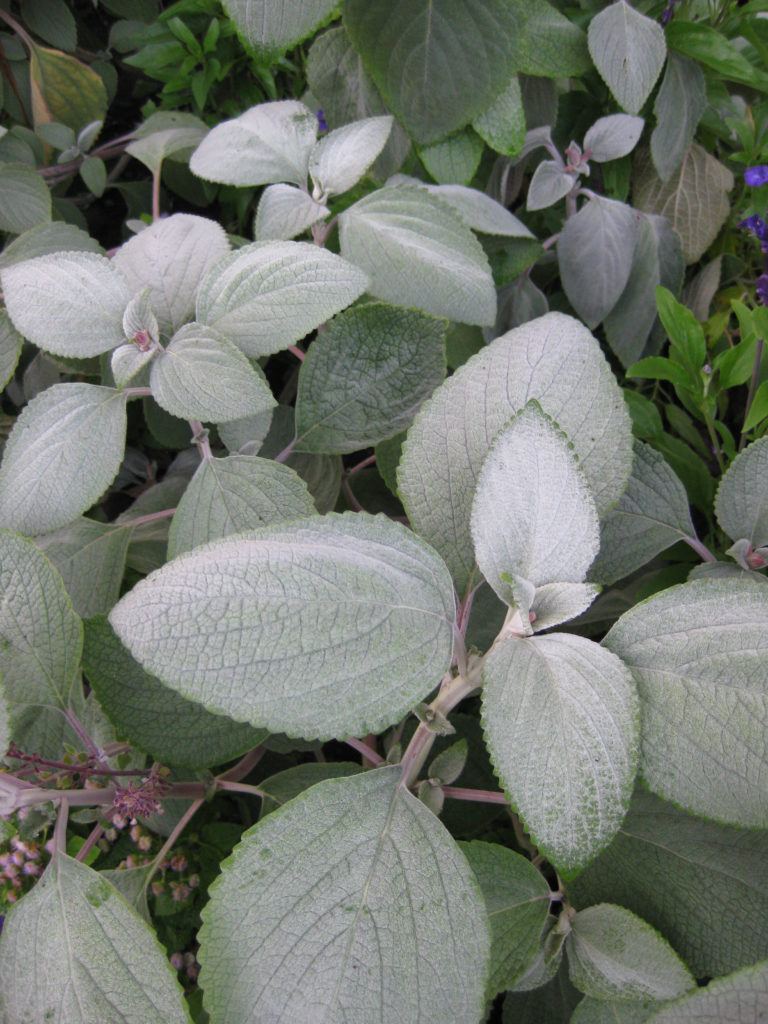
silver spurflower (Plectranthus argentatus) – annual (two photos above)
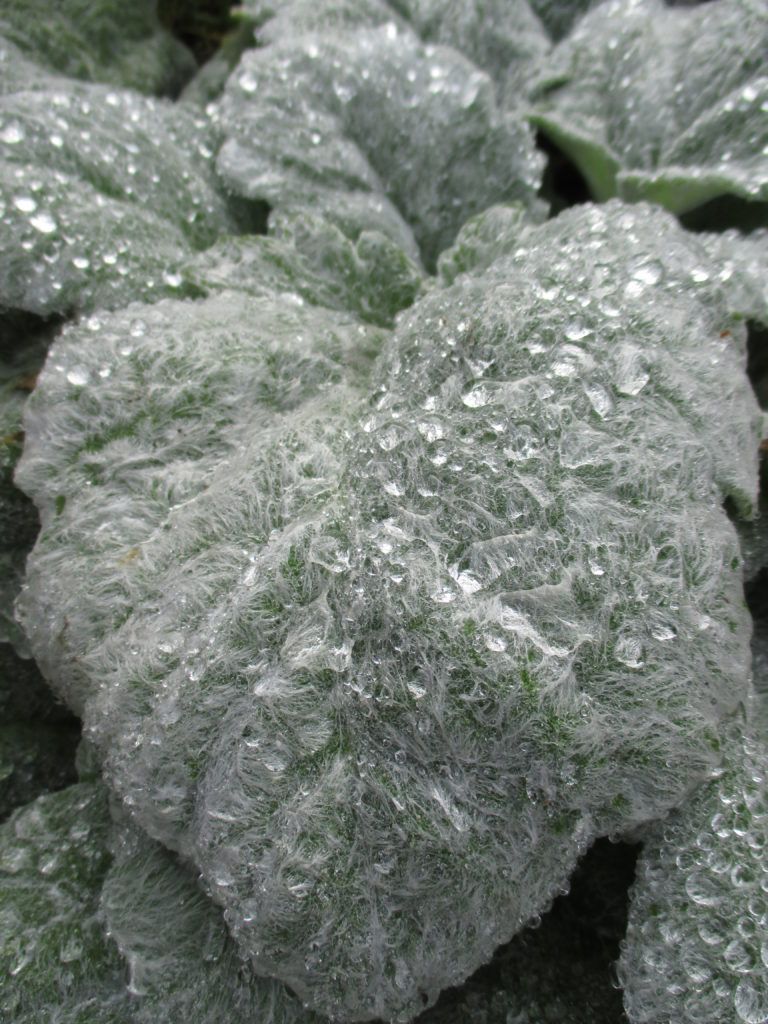
silver sage (Salvia argentea) – biennial (above and below)
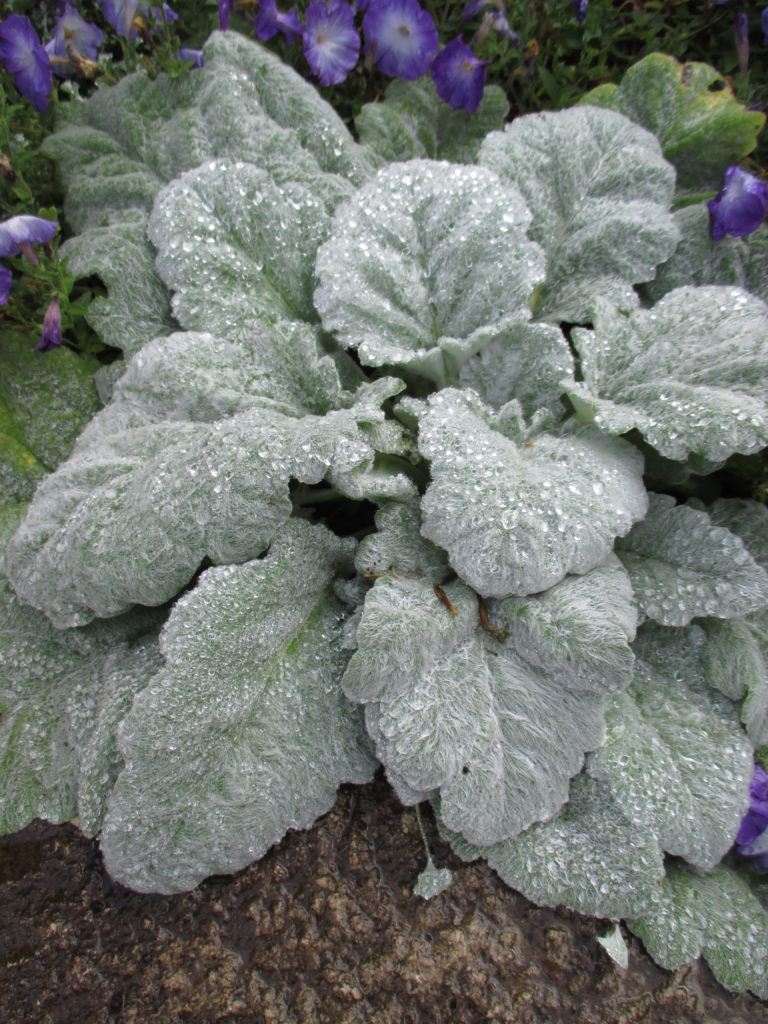
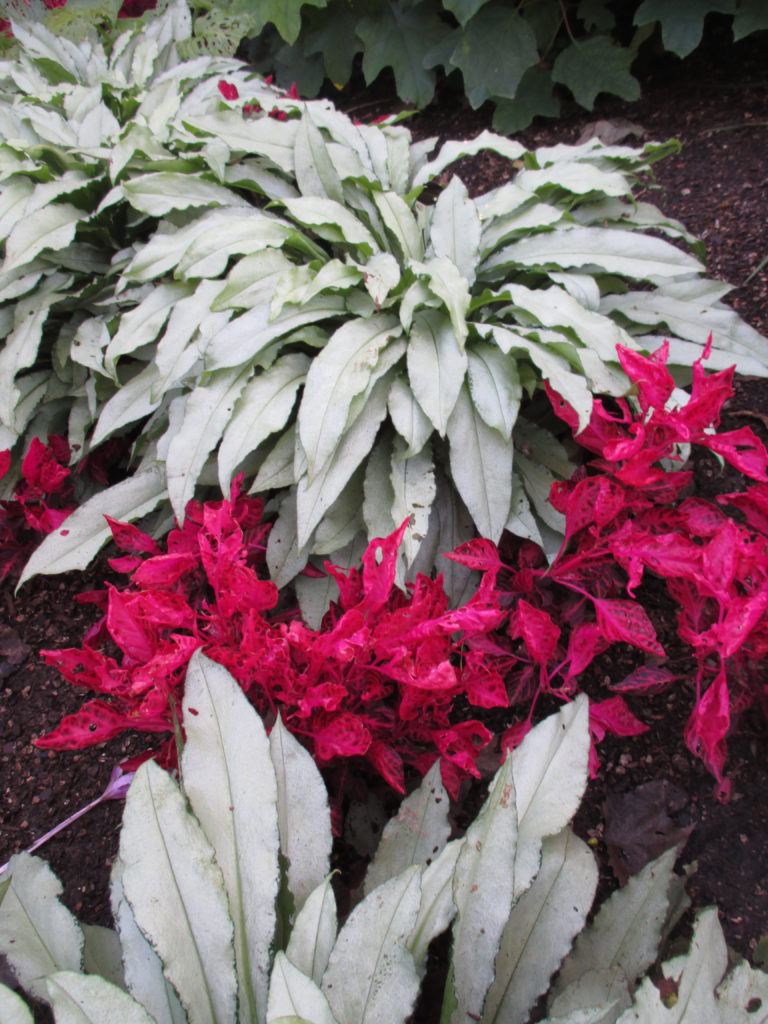
‘Majeste’ lungwort (Pulmonaria sp.) – perennial (above and below)
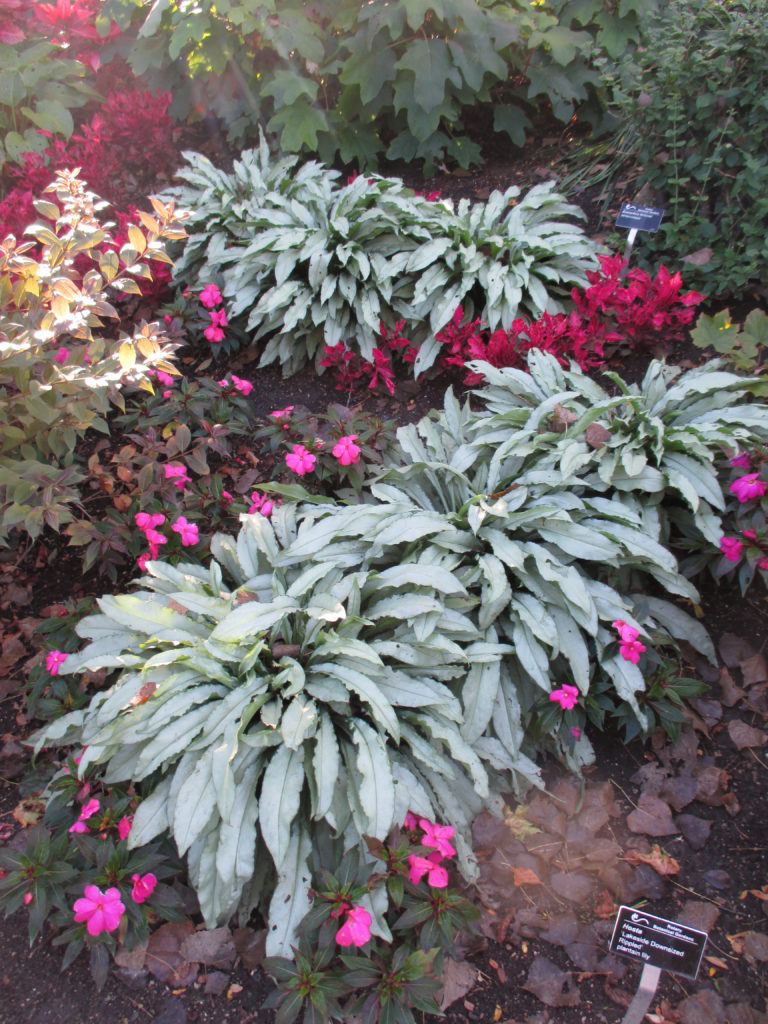
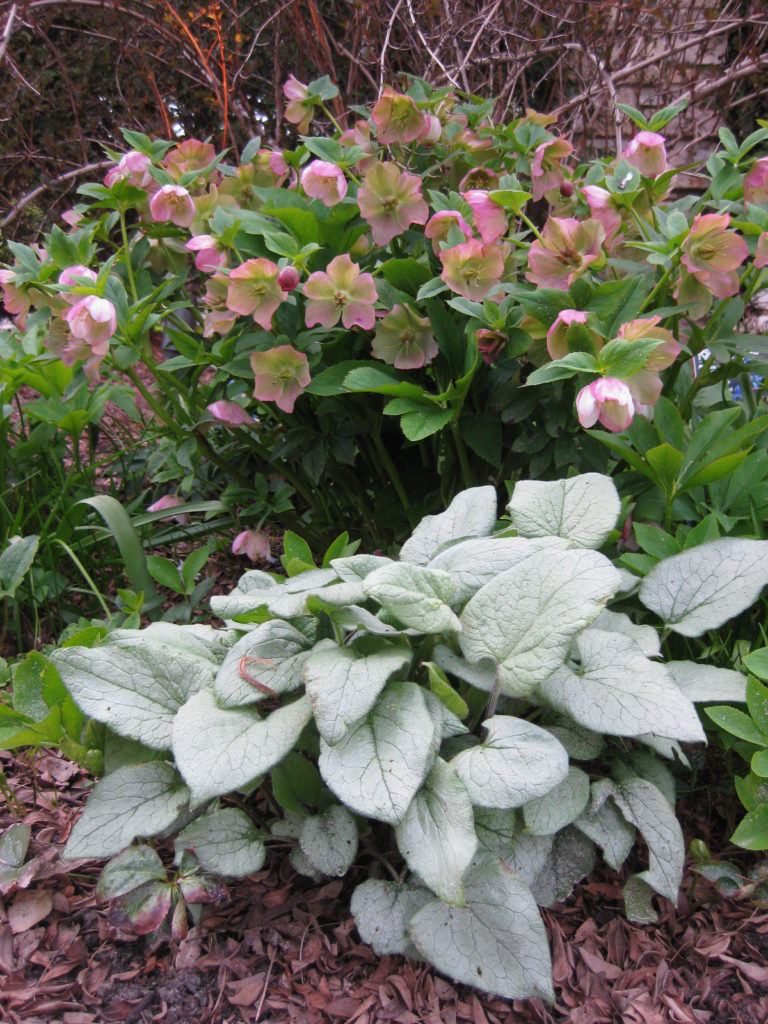
‘Looking Glass’ false forget-me-not (Brunnera macrophylla) – perennial (above and directly below)
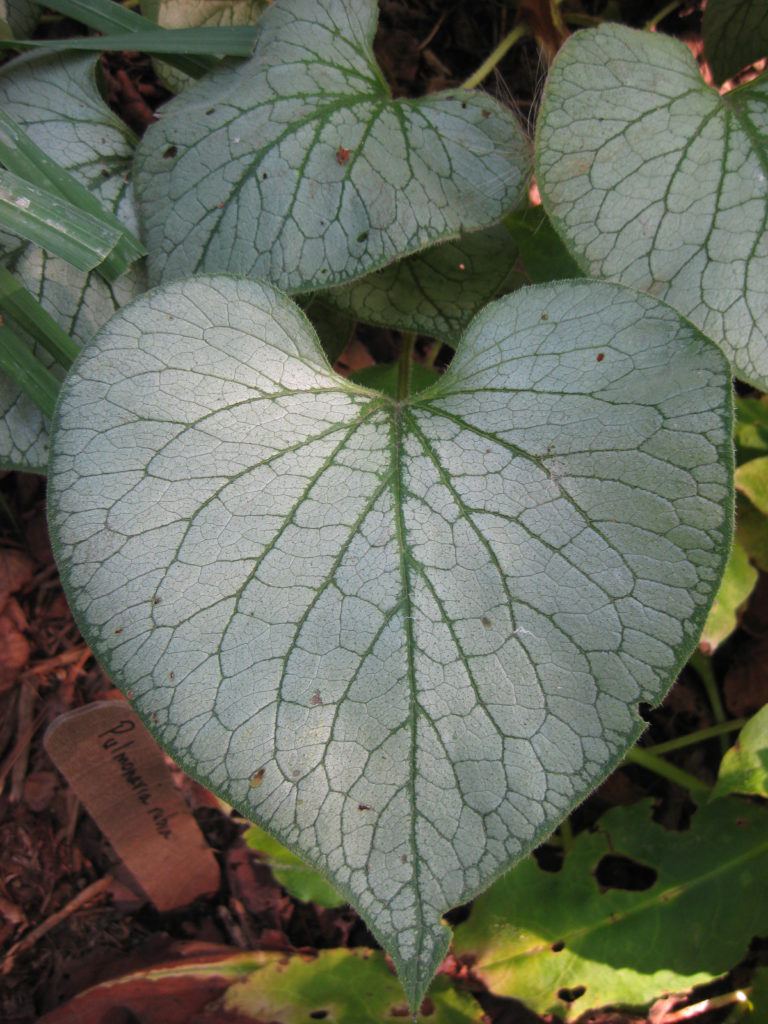
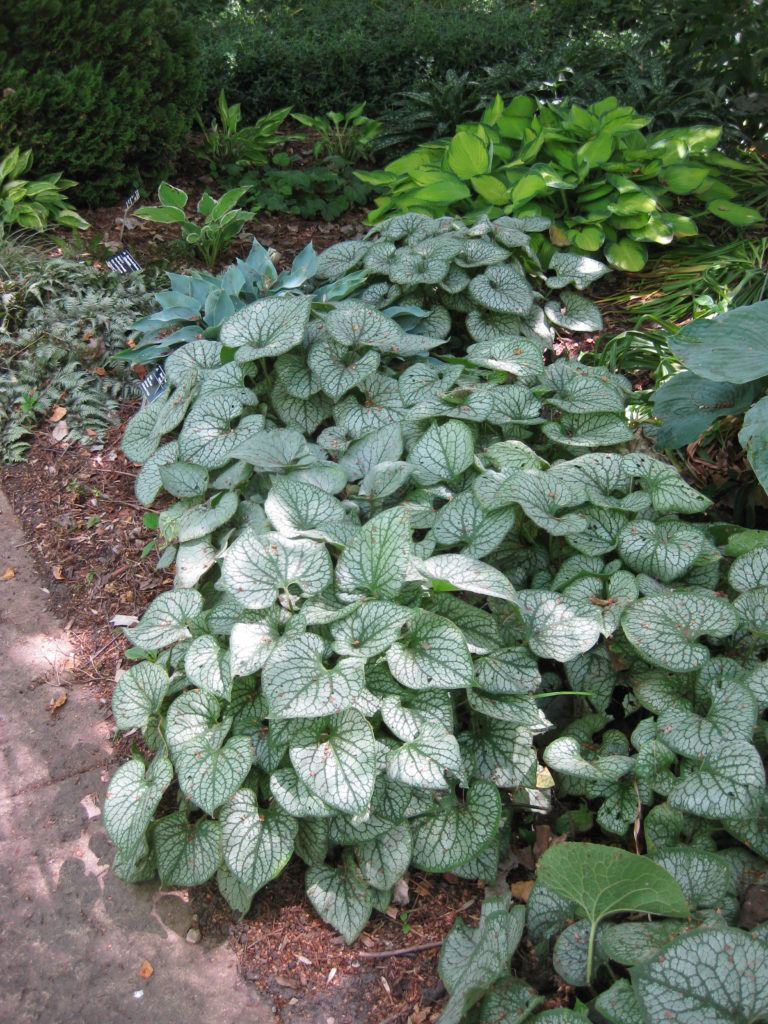
‘Jack Frost’ false forget-me-not (Brunnera macrophylla) – perennial (above)
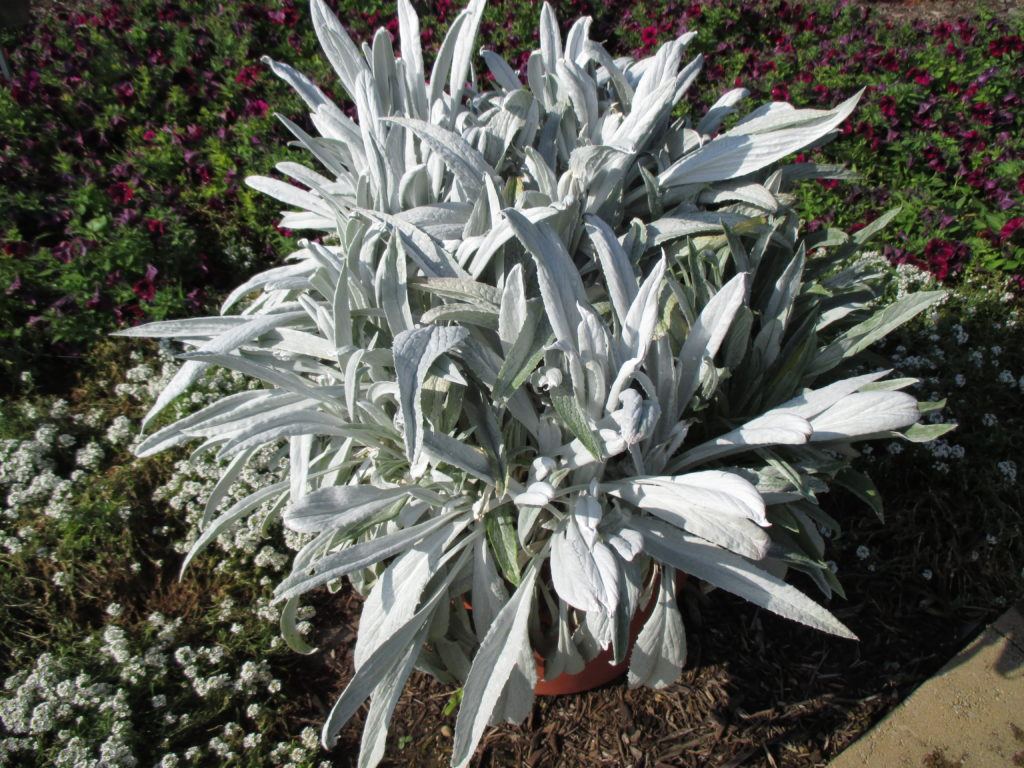
Mighty Velvet™ annual lamb’s ears (Stachys sp. ‘Bello Grigio’) – annual
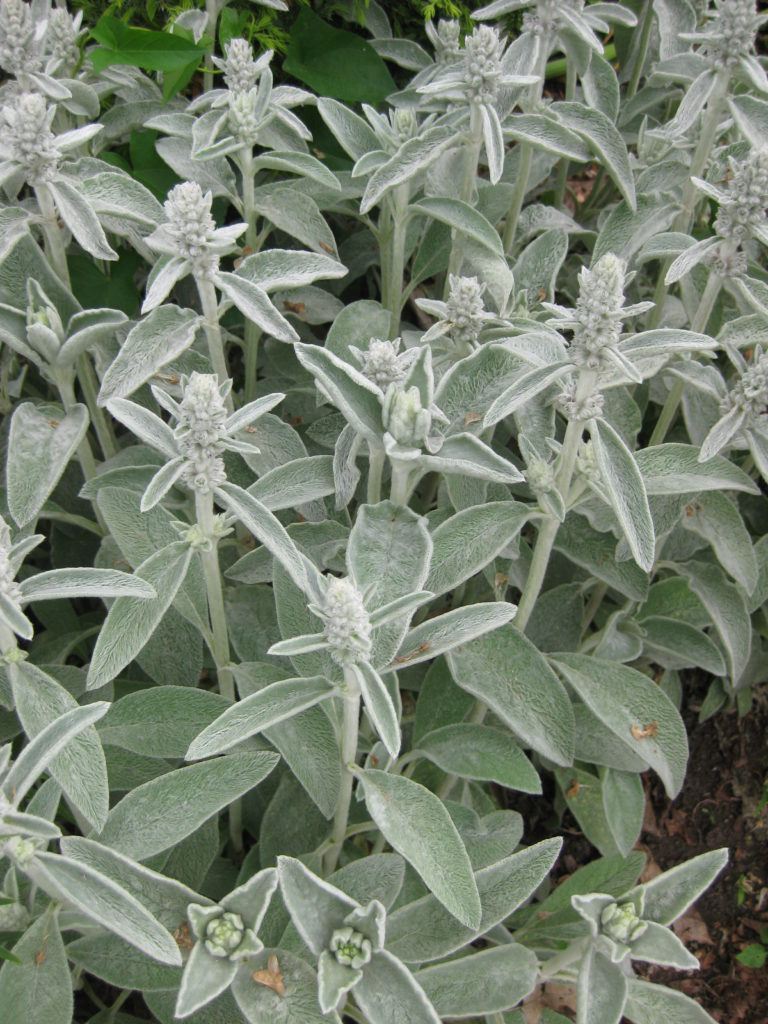
lamb’s ears (Stachys byzantina) – perennial
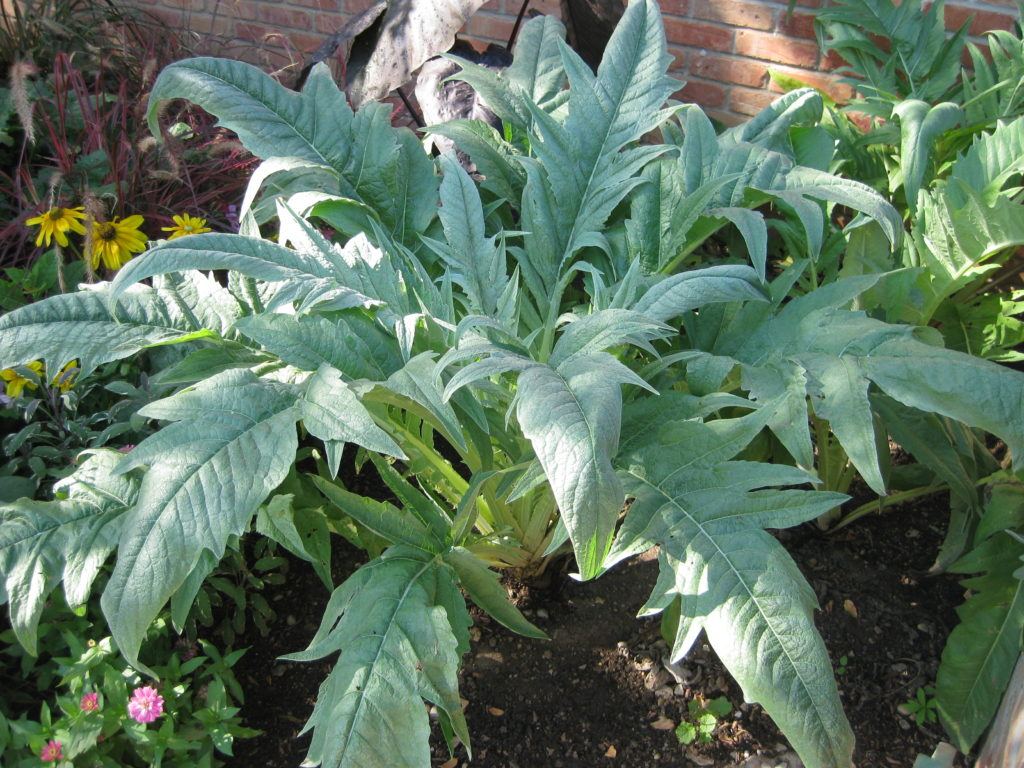
cardoon (Cynara cardunculus) – annual for us
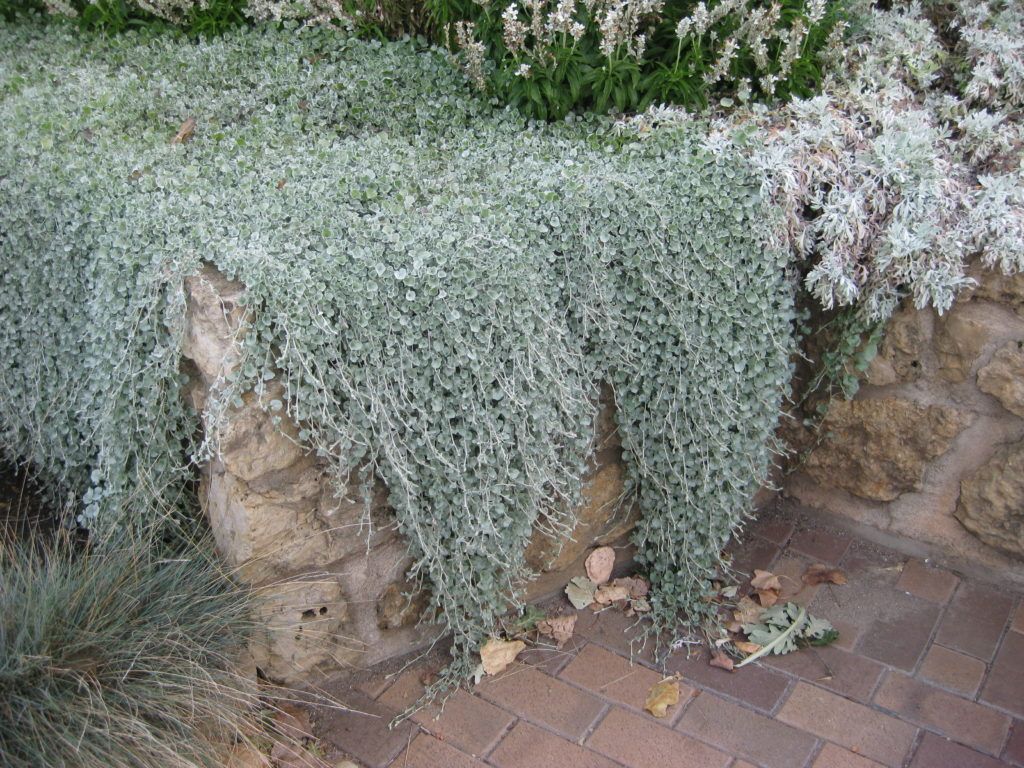
trailing aluminum plant (Dichondra argentea ‘Silver Falls’) – annual
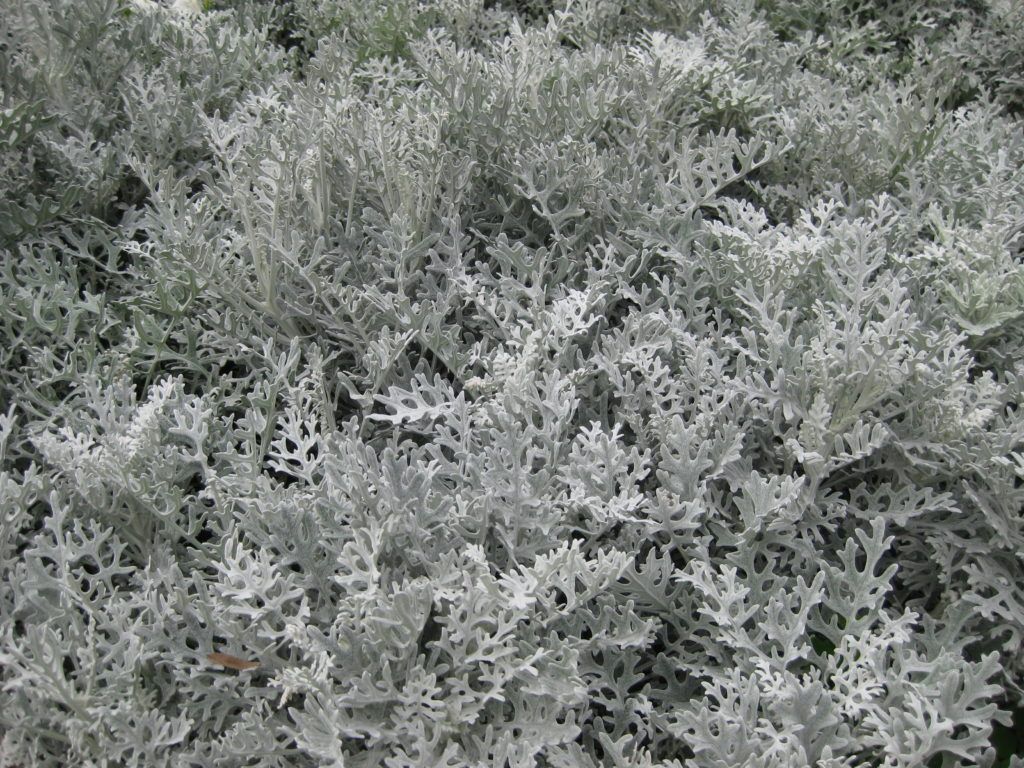
dusty Miller (Senecio sp.) – annual
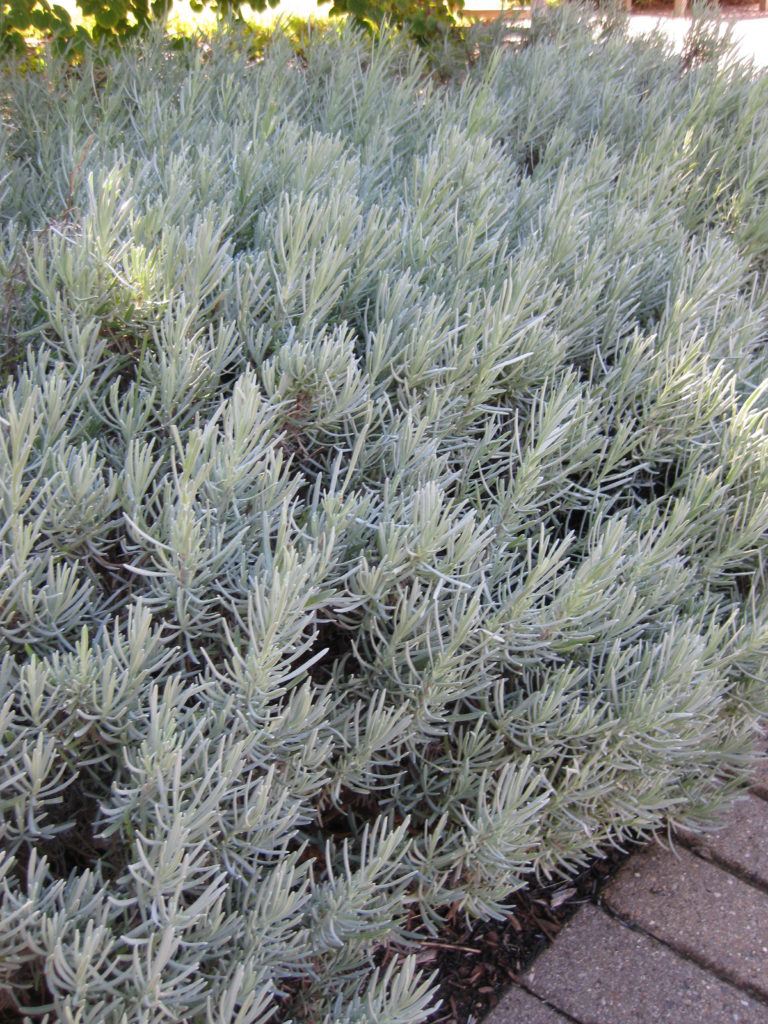
lavender (Lavandula x intermedia – Dutch group) – perennial
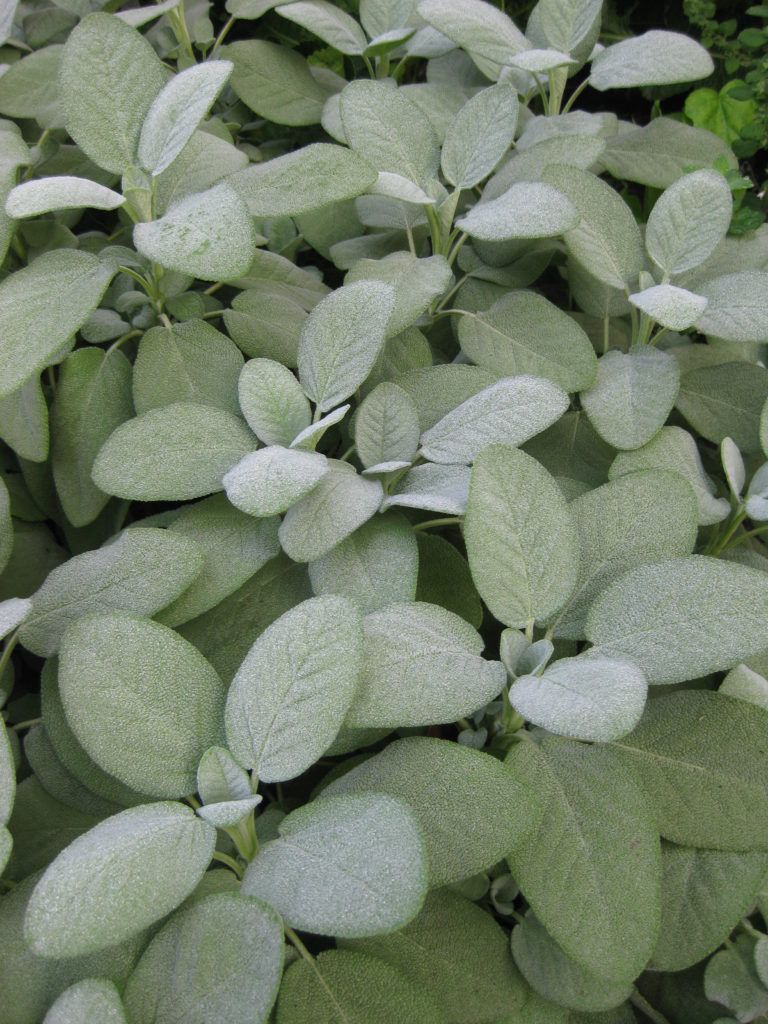
‘Berggarten’ garden sage (Salvia officinalis) – z5 hardy (above and four photos below)
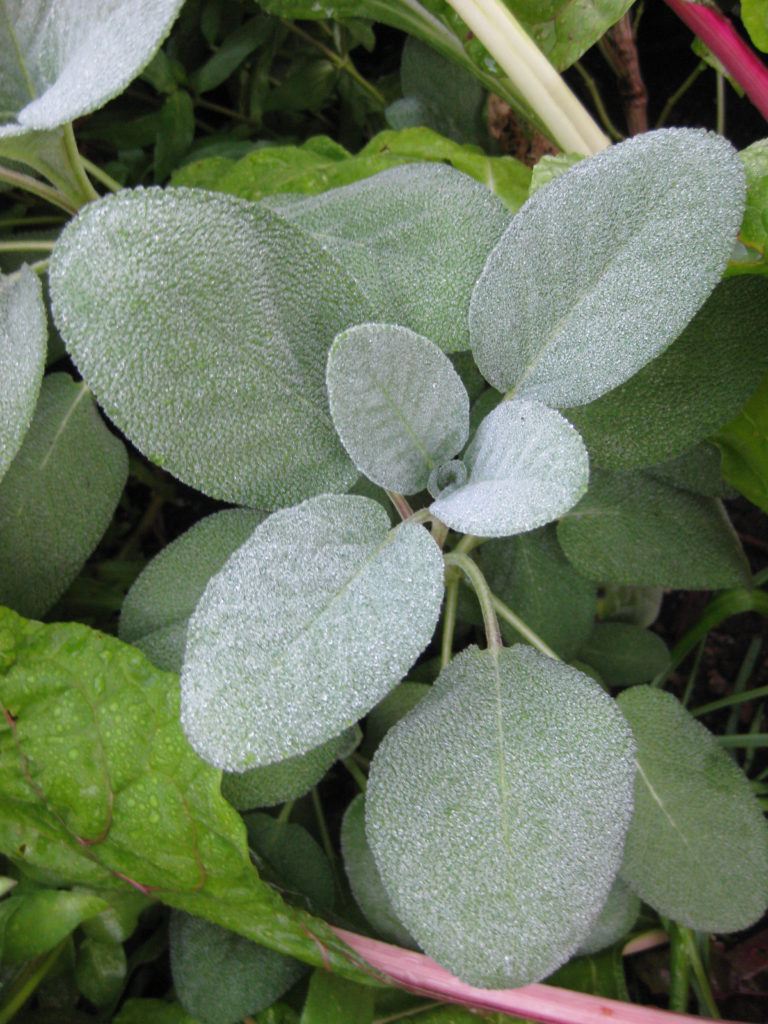
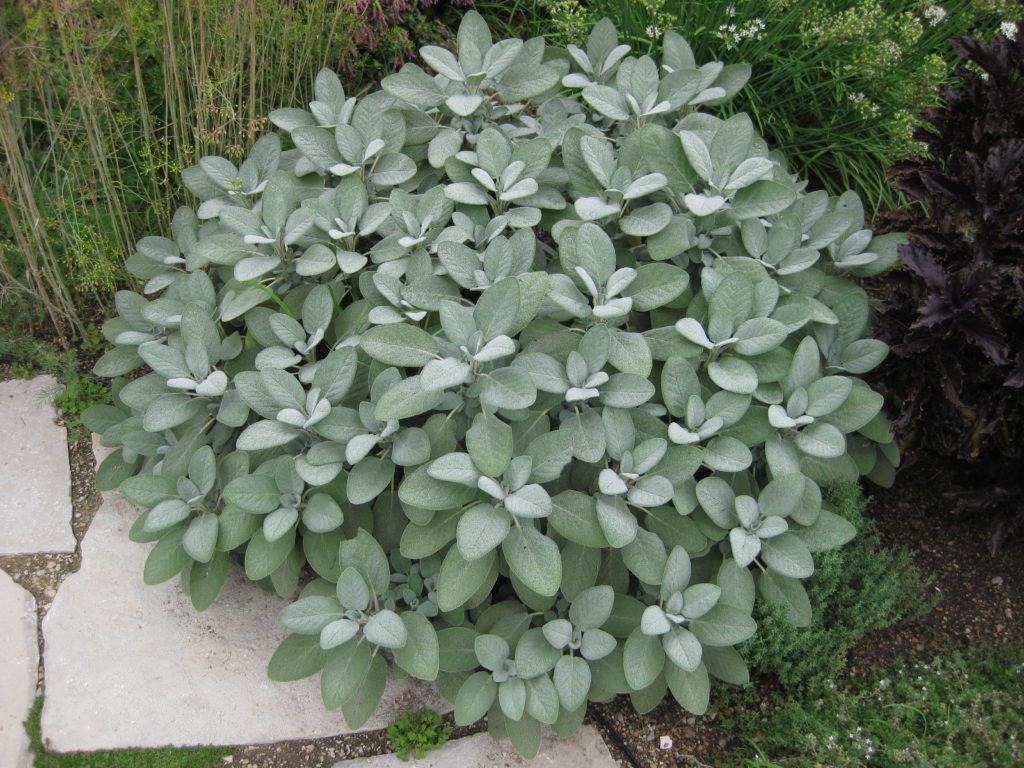
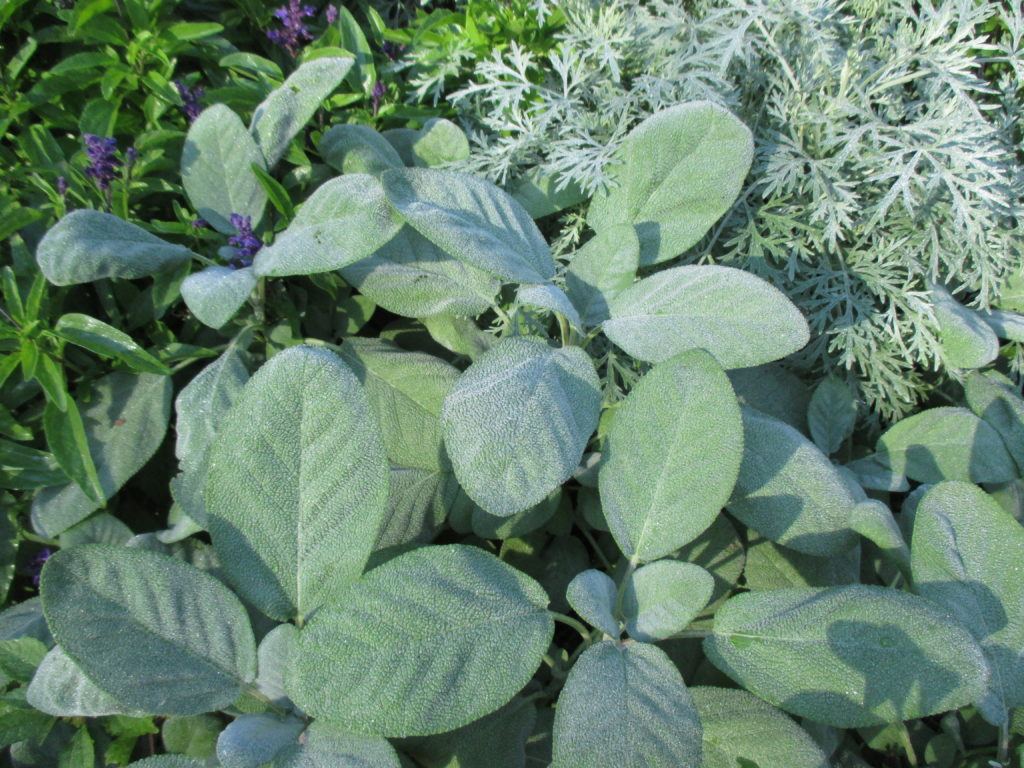
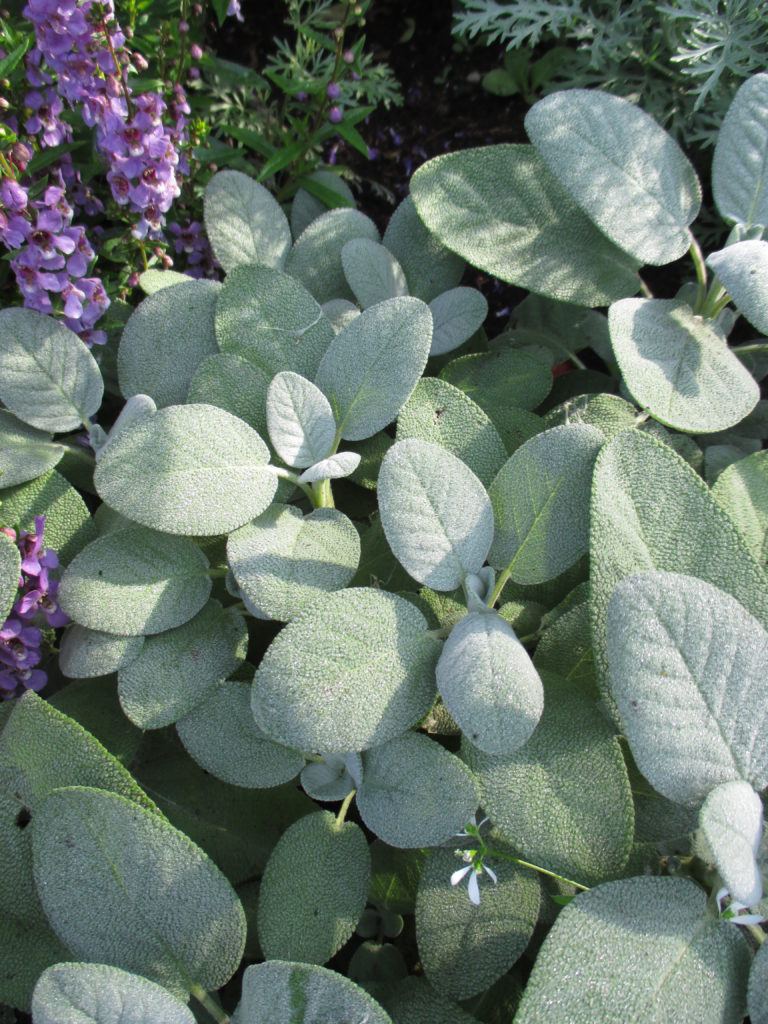
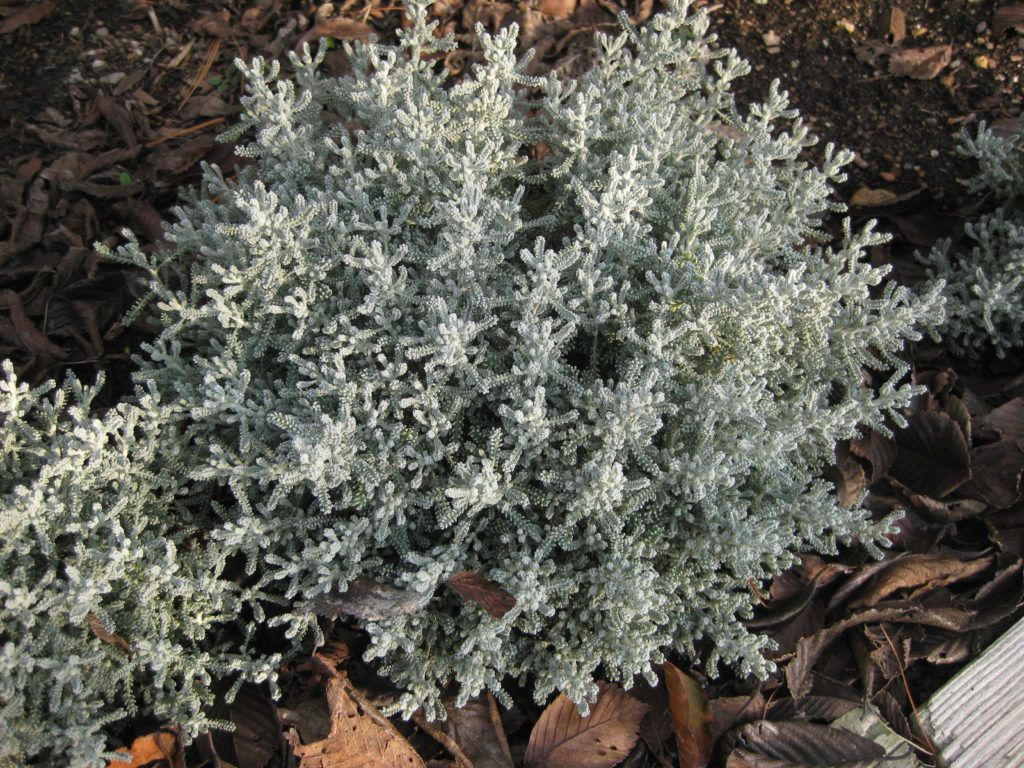
lavender cotton (Santolina chamaecyparissus) – annual for us
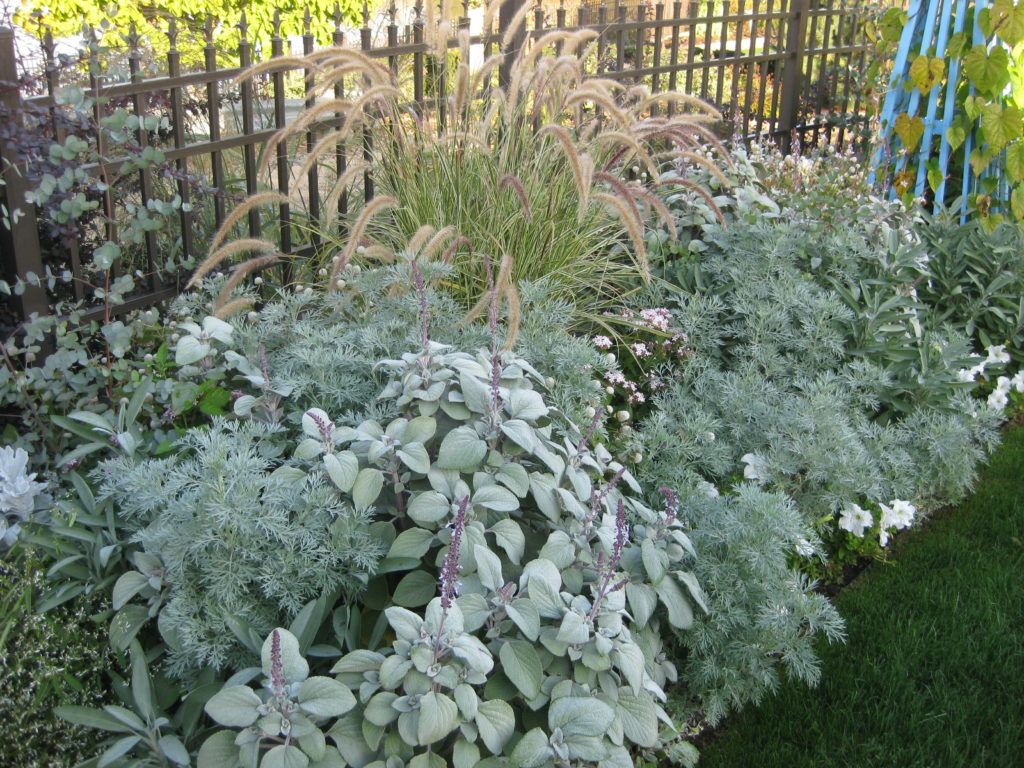
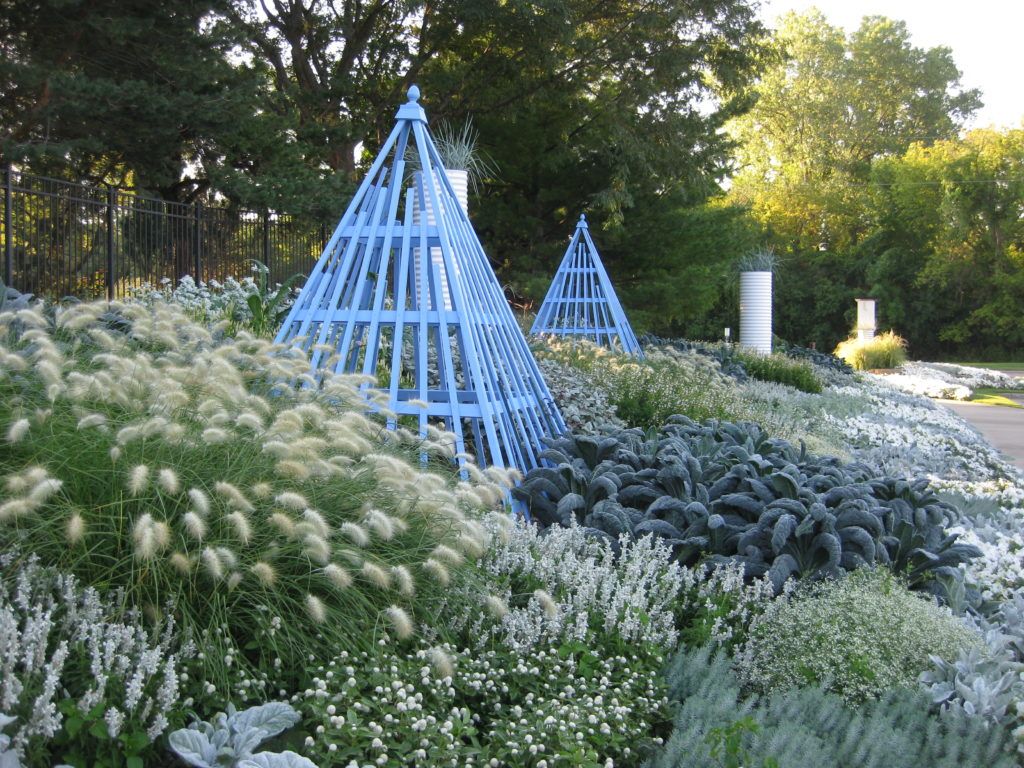
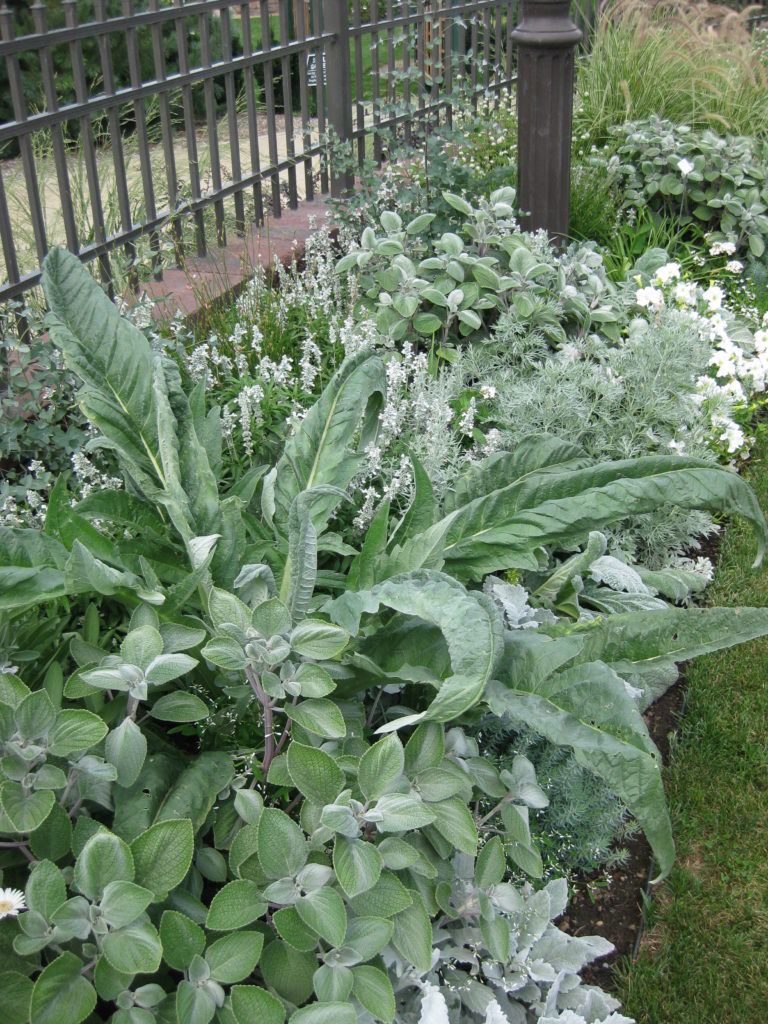
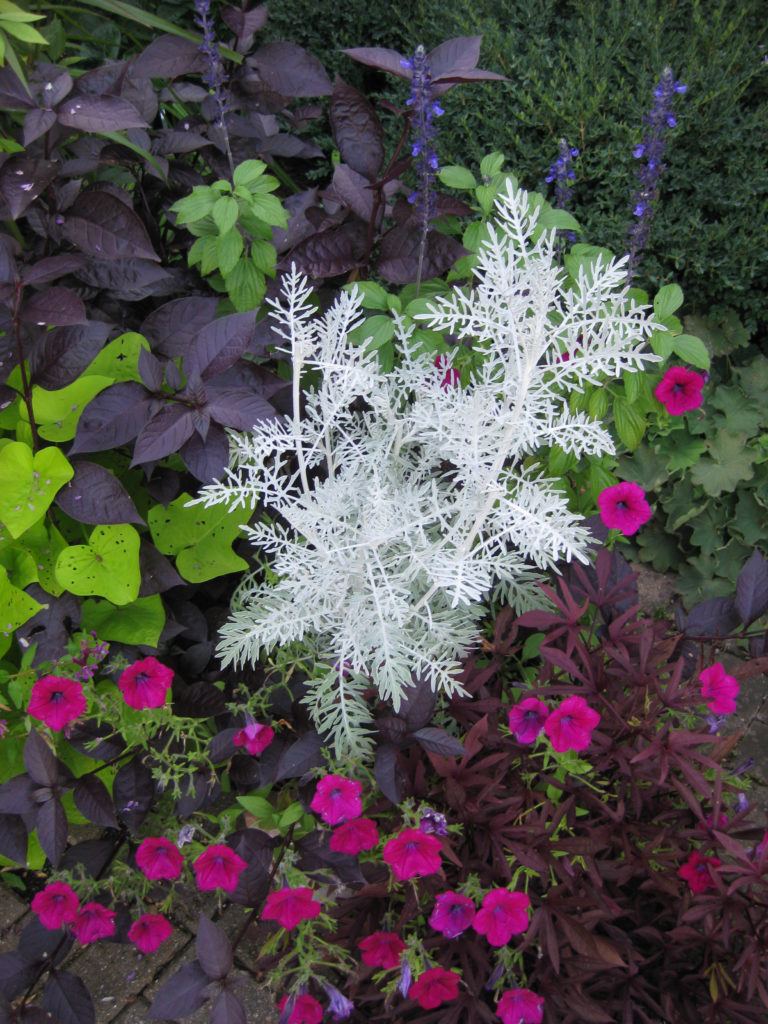
‘Colchester White’ downy centaurea (Centaurea cineraria) – annual
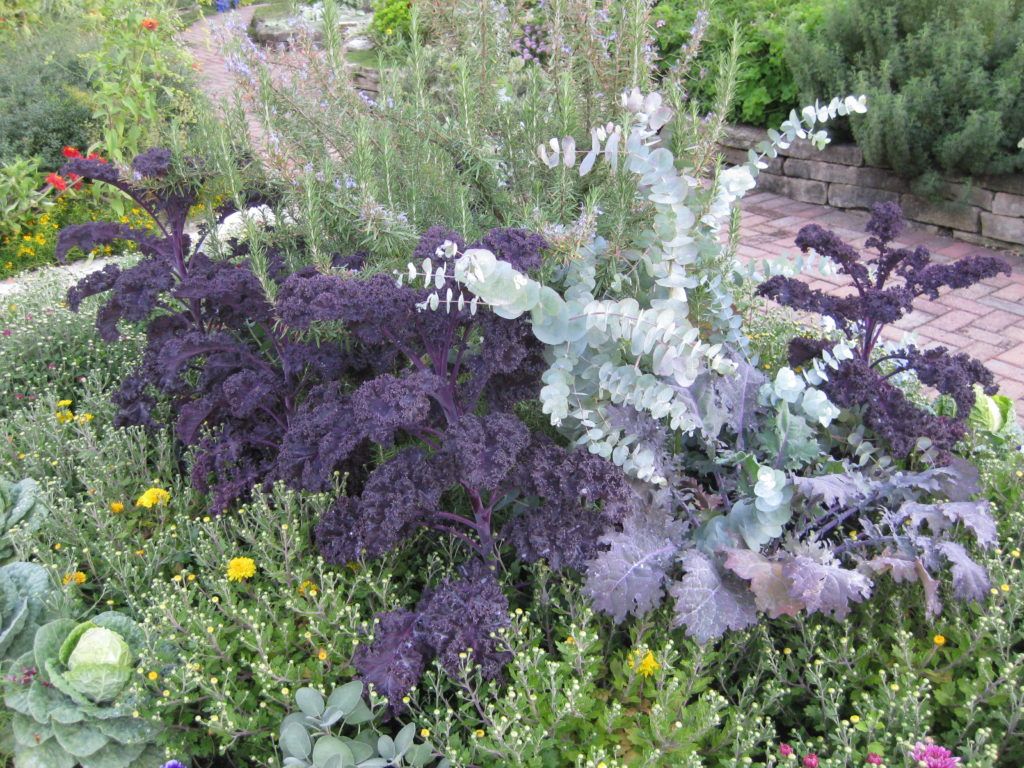
‘Redbor’ kale (Brassica oleracea) with eucalyptus (Eucalyptus sp.) – Olbrich Botanical Garden (Madison, WI)
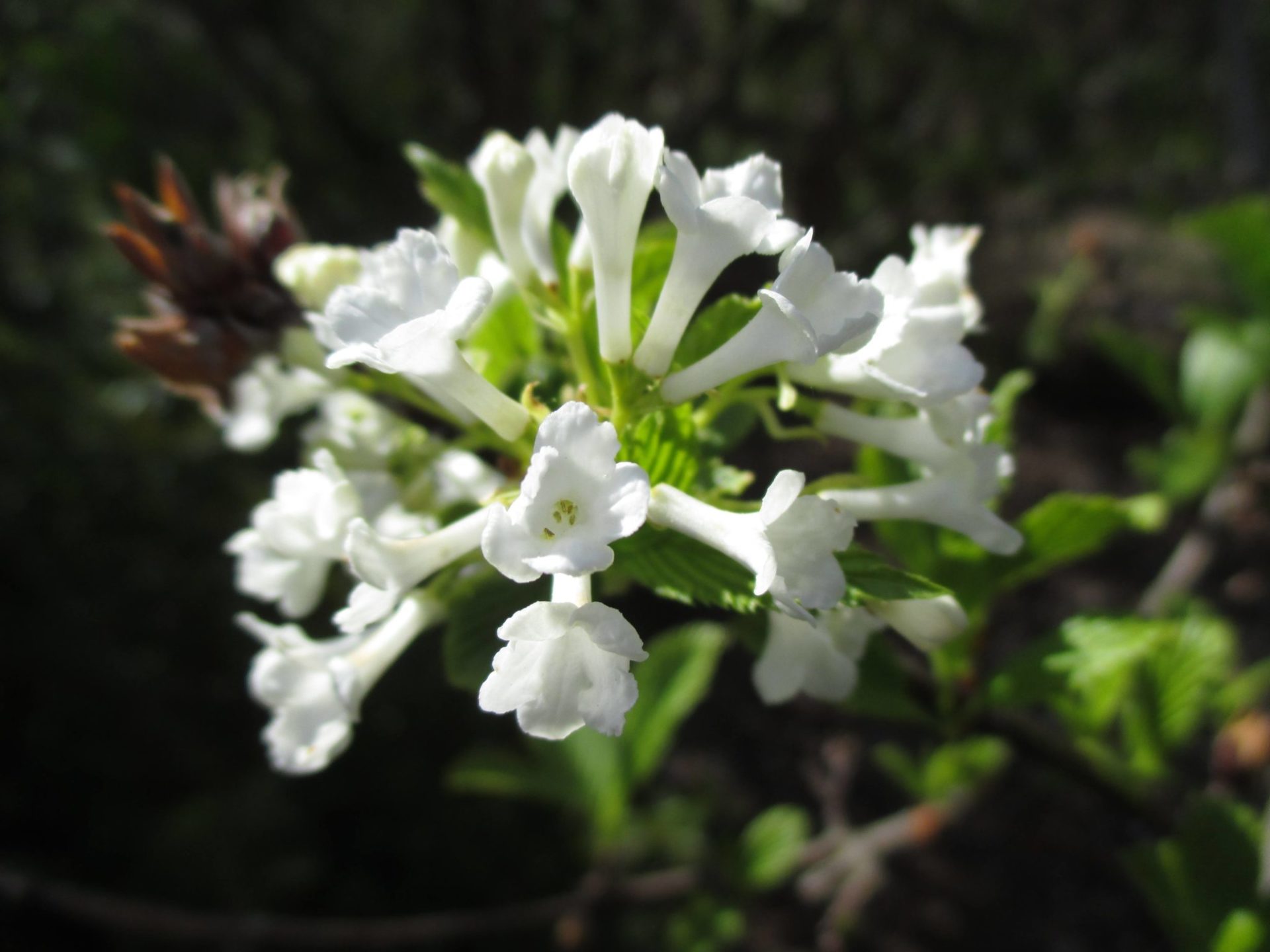
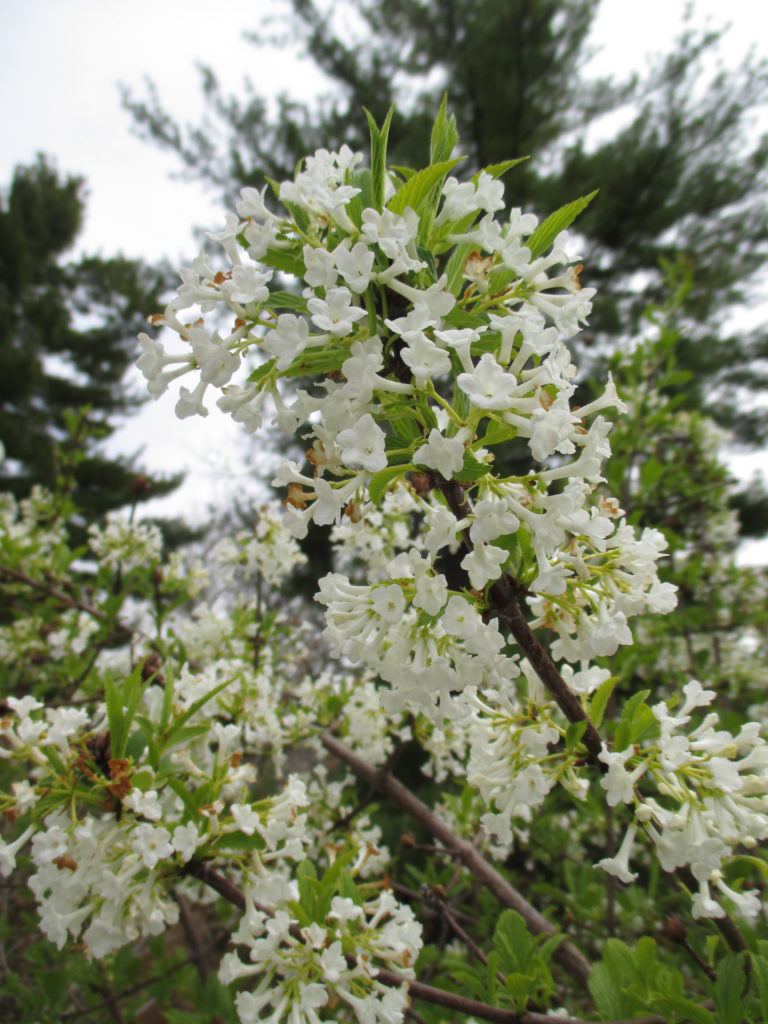
We’re only a couple of weeks away from this deciduous, woody shrub offering fragrant white blossoms in the earliest of spring. Native to China, the fragrant white viburnum (Viburnum farreri ‘Candidissimum’) is covered with flat topped, white, dome-shaped bloom clusters that have a prominent, “sweetly spicy” scent that is quite noticeable. Early pollinators will visit this shrub in bloom. All of these photos are from a beautiful specimen I’ve been observing at Olbrich Botanical Gardens in Madison, WI for many years. These photos are all in the first portion of April when this shrub blooms very early and perfumes the air. We now have three at RBG although I haven’t seen them bloom yet (soon enough) as they were planted “post bloom”.! Their hardiness rating is listed as a Z5 but I speculate that cold winters will create some dieback on the branches. Also called Farrer viburnum and fragrant guelder, this woody plant will ultimately be 6-8′ tall and 4-5′ wide. It has an arching form and while it tolerates both full sun and part shade, it will have a fuller form in more sunlight. This viburnum likes moist, well-drained sols and ultimately would prefer a slightly acidic pH if offered. Later in the summer, yellow berries emerge that transition to red and then black. The fall color is an unimpressive yellow.
We had another productive Thursday with plenty of activity. Cindy, Larry H. and Larry O. had myriad grounds staff duties. Dr. Gredler and Alan worked on painting while Dave T., Jim, Steve, Ron Y. and Bobby K. worked on carpentry projects. Dick H. helped with a variety of projects and Kathy P. processed some plants for our Spring Symposium this Saturday. Steve E. was out mulching in the parking lot and Peg came in to work on labels. We also saw Bill O., Dave K., Jim H. and many others today.
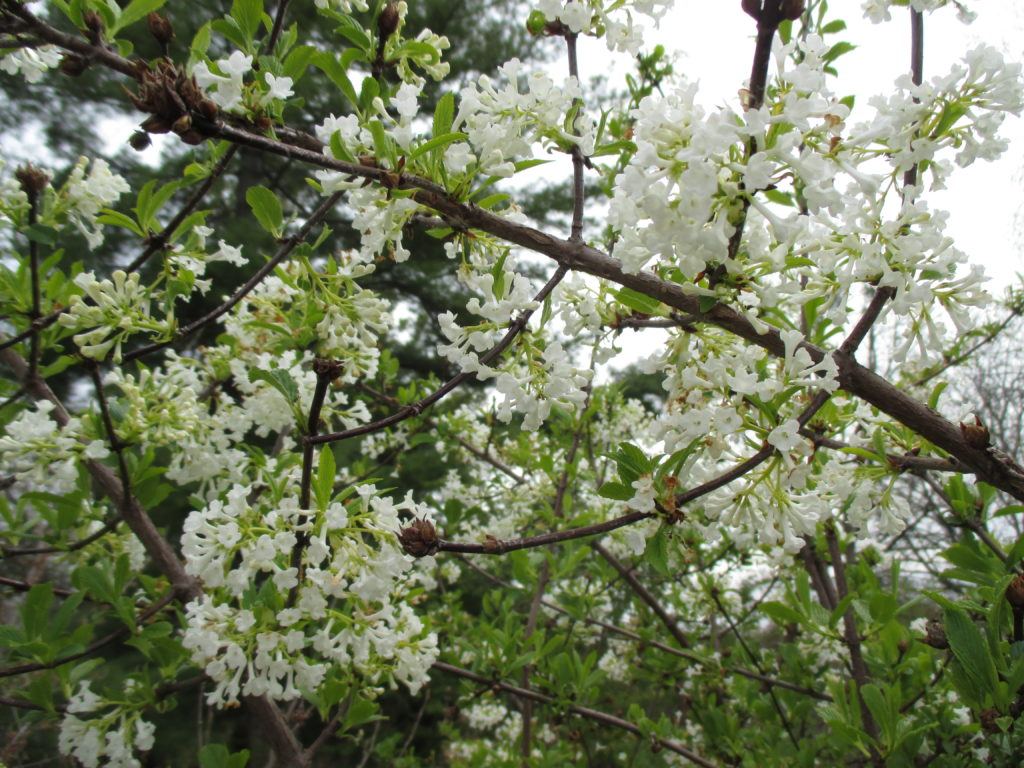
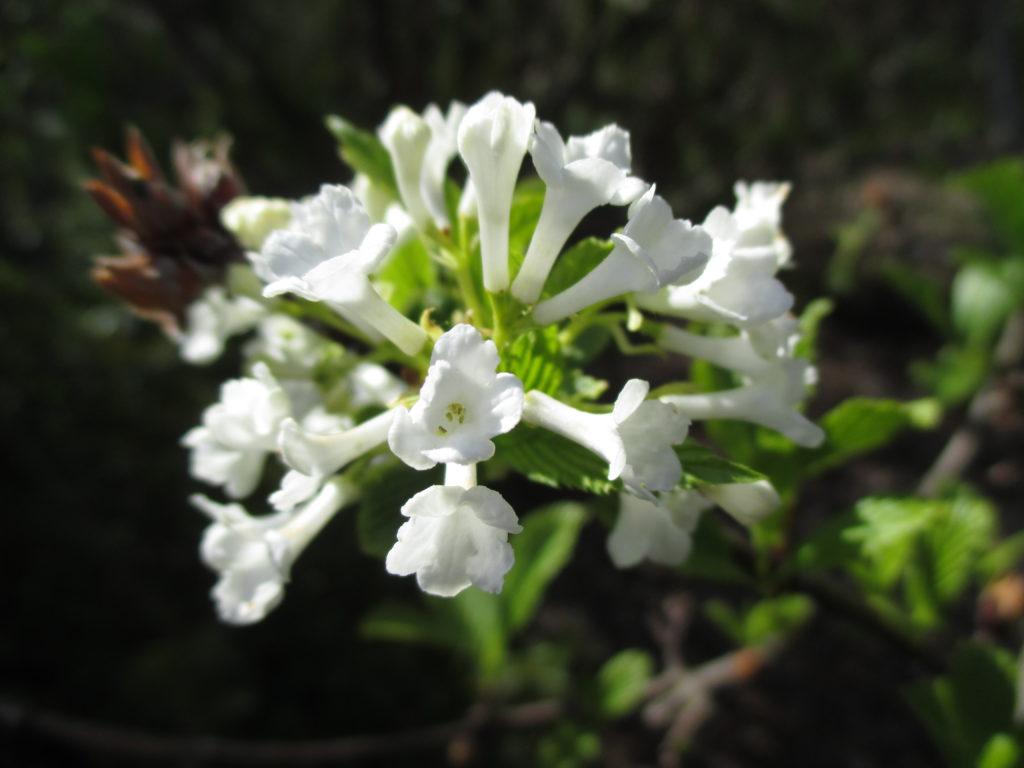
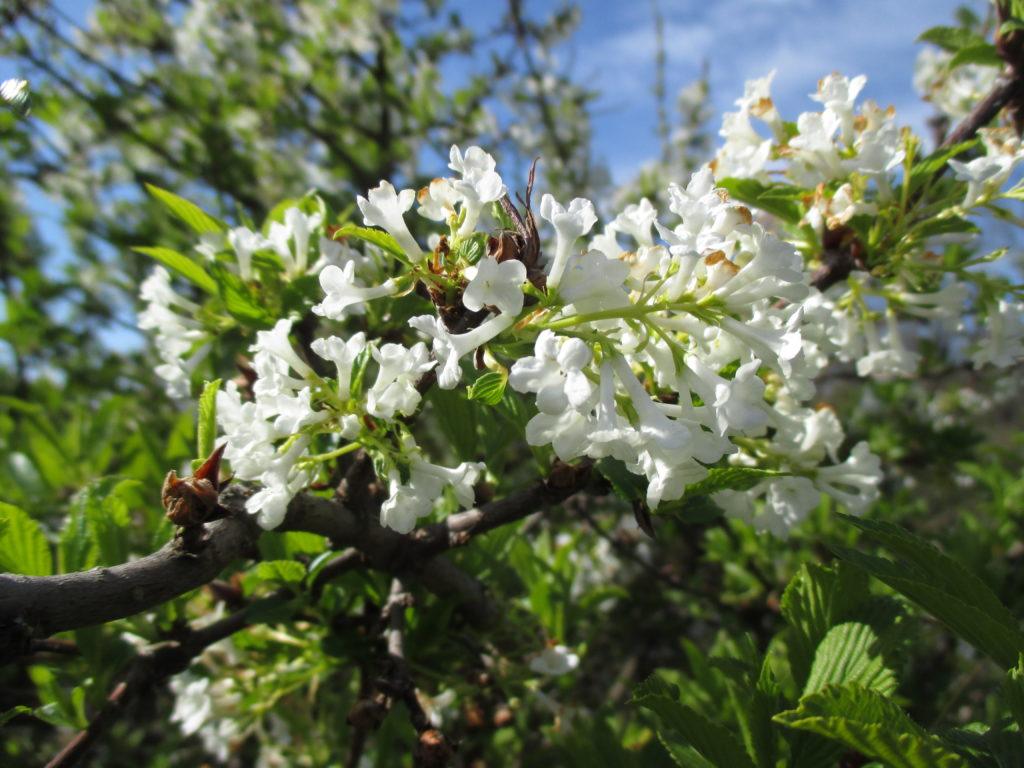
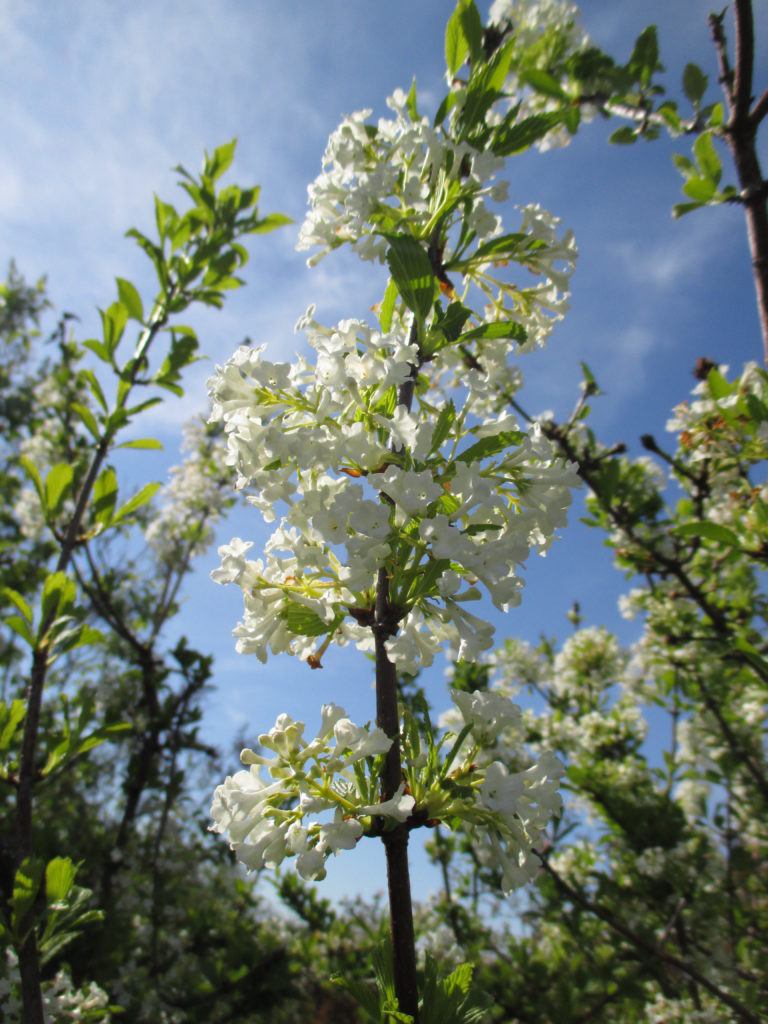
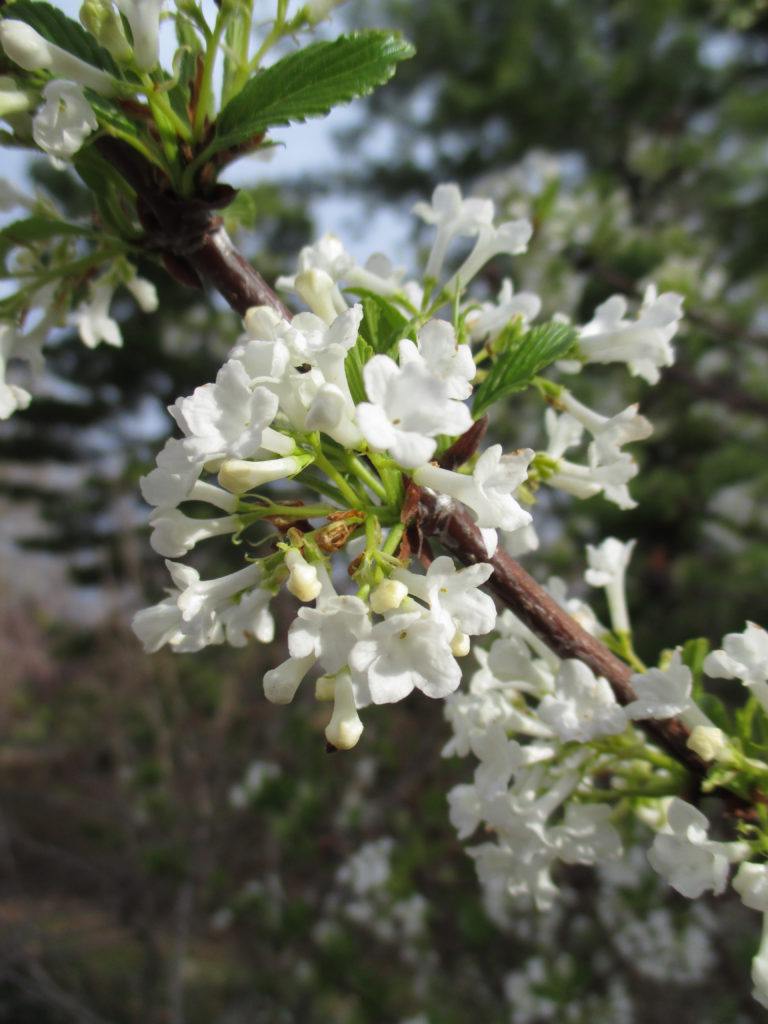
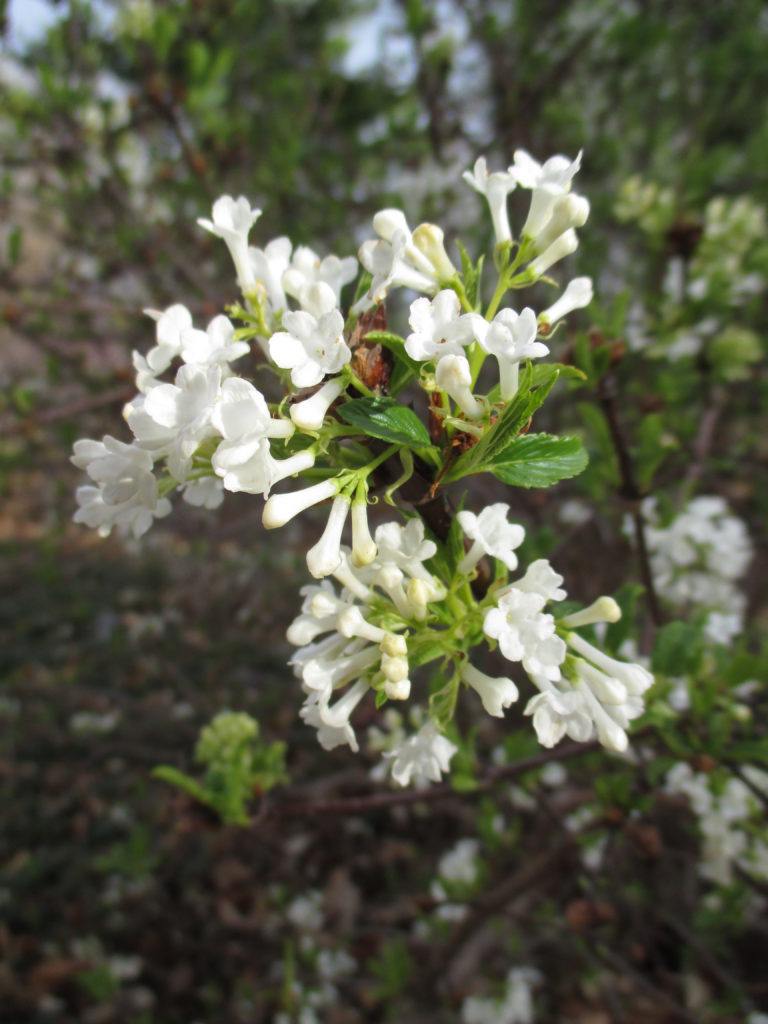
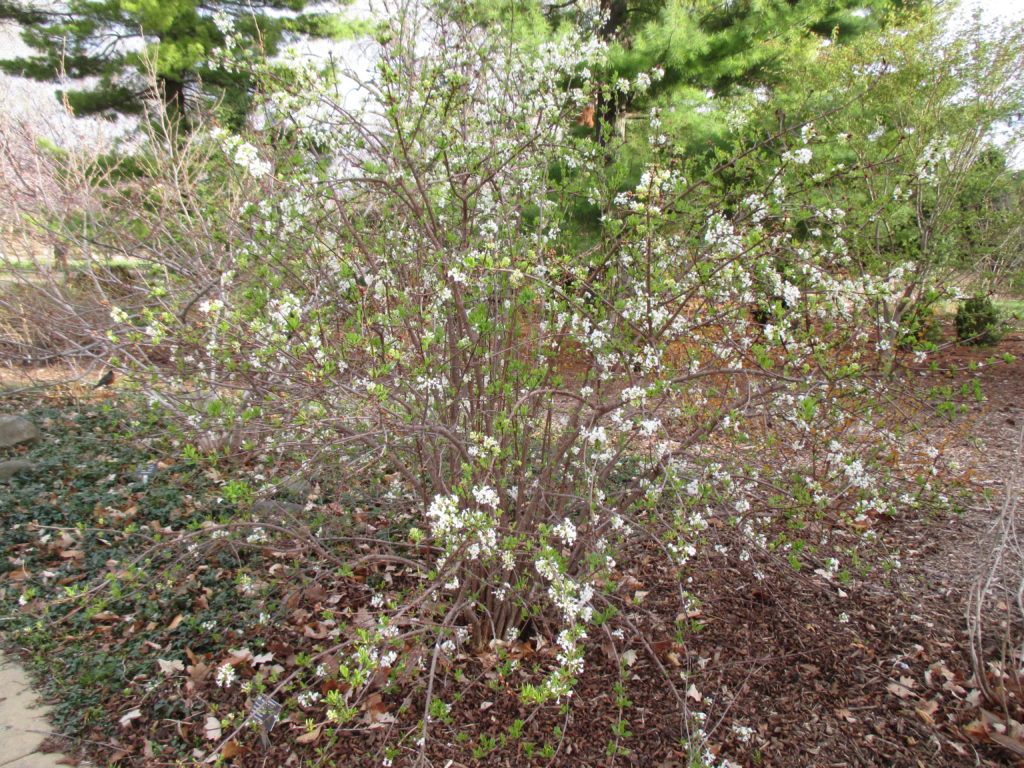
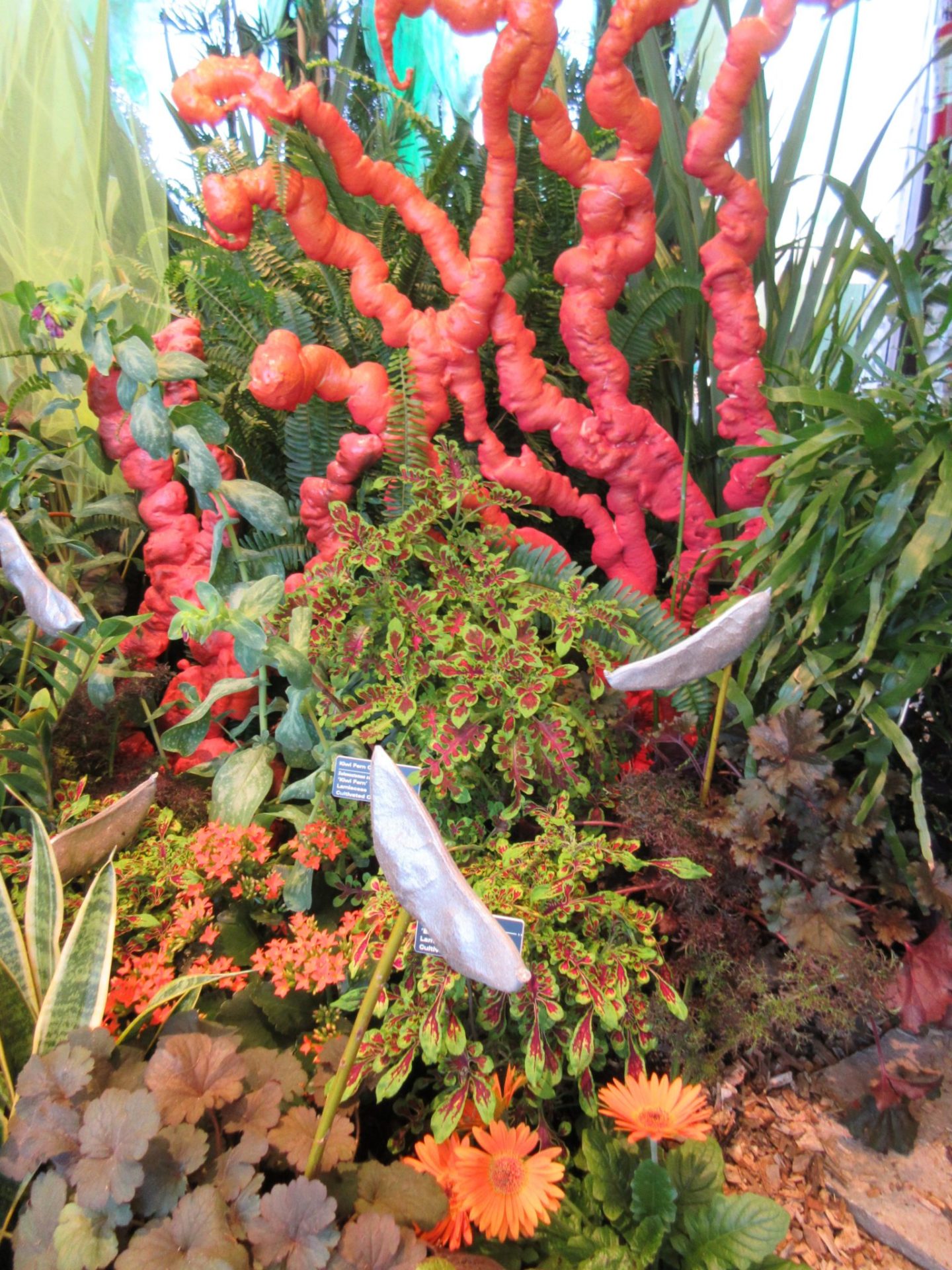
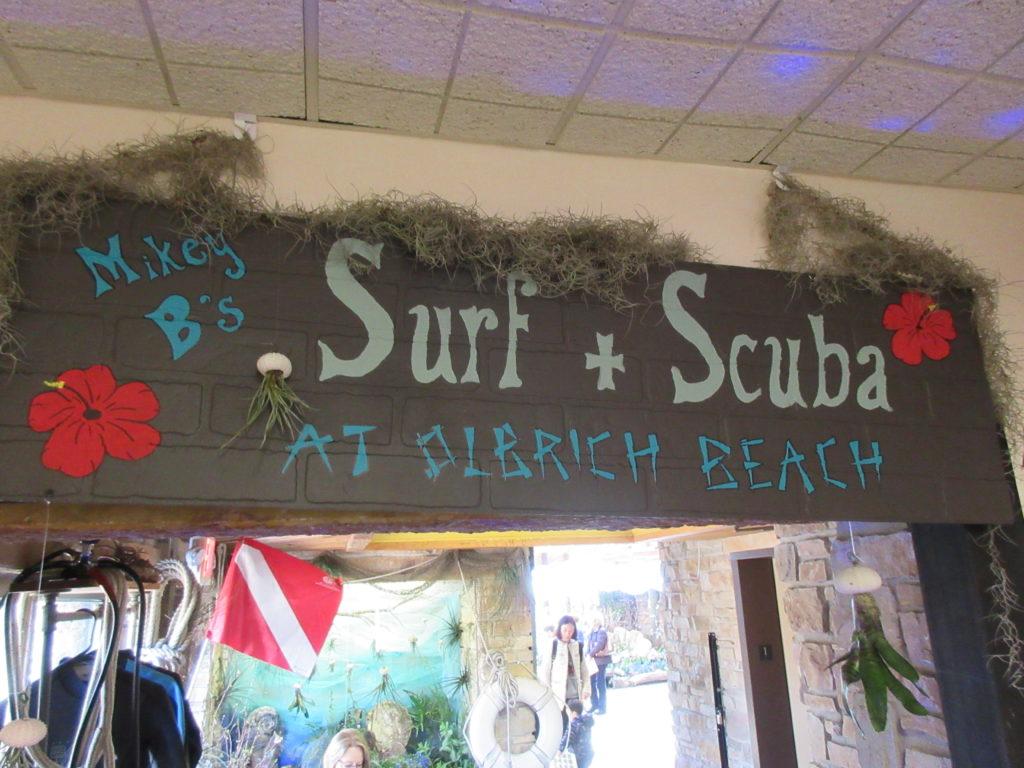
Due to some recent vehicle issues I had to spend the day on the road heading 2.5 hours in one direction to come back 2.5 hours in the other… In between though, I stopped by Olbrich Botanical Gardens (Madison, WI) and took in their Under the Sea Flower Show. It was exceptional! I encourage everyone to visit soon as it only runs through March 25th (10 am until 4 pm daily). There is a nominal cost ($) but it is worth it! They have some very creative staff that put this together and while Olbrich has always had great spring shows, the last couple of years have “raised the bar!”. I was able to spend about 3 hours at work today and saw lots of action with staff (Larry H., Larry O. and Bobby K.) as well as crossing paths with Bill O., Dave K., Myrt, Nancy, Gena and many others. I’m sure I missed seeing some other volunteers but with the warm weather, we’re actively gardening as we finish up bringing in and packing away the Holiday Light Show (HLS). Great teamwork!
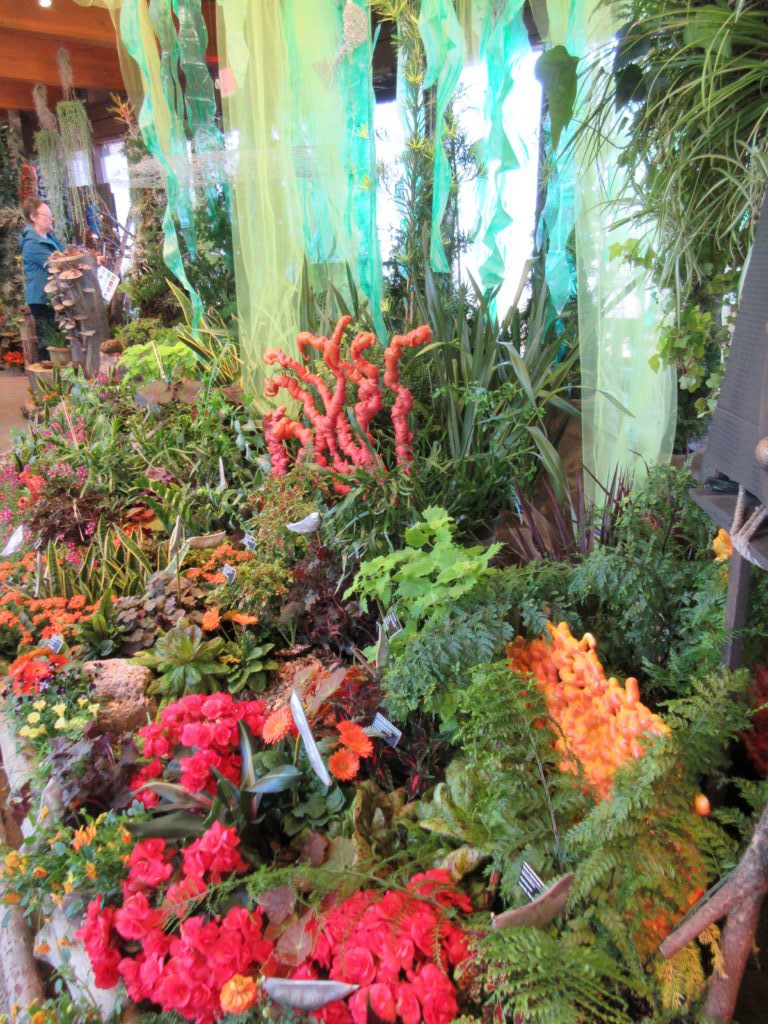
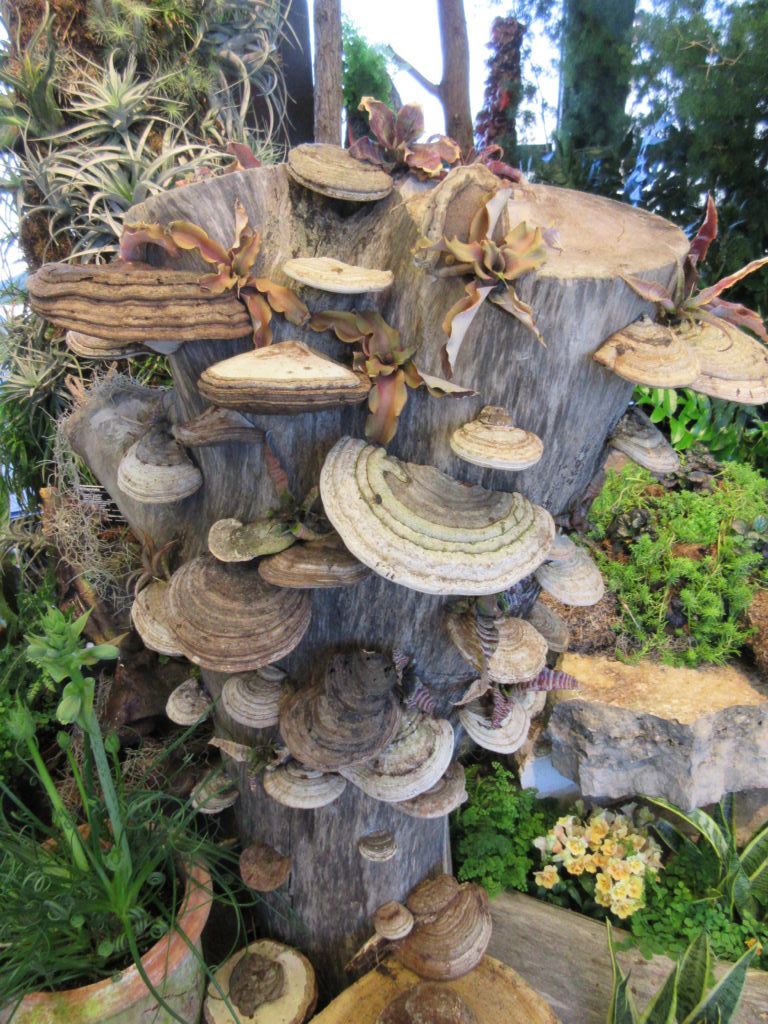
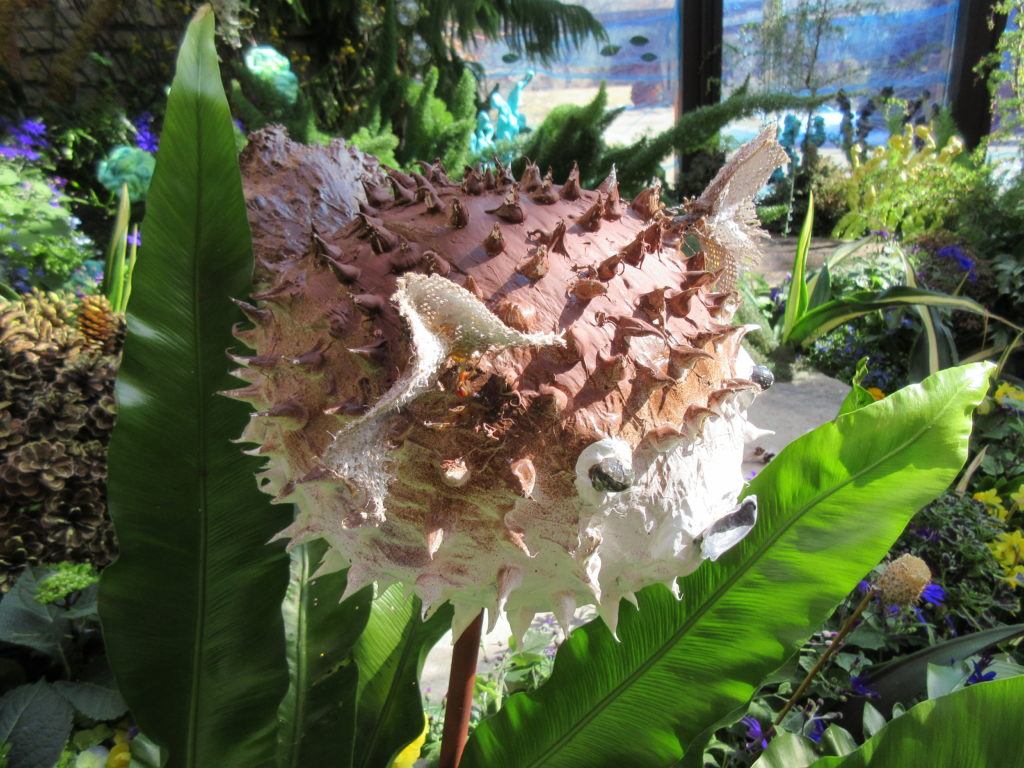
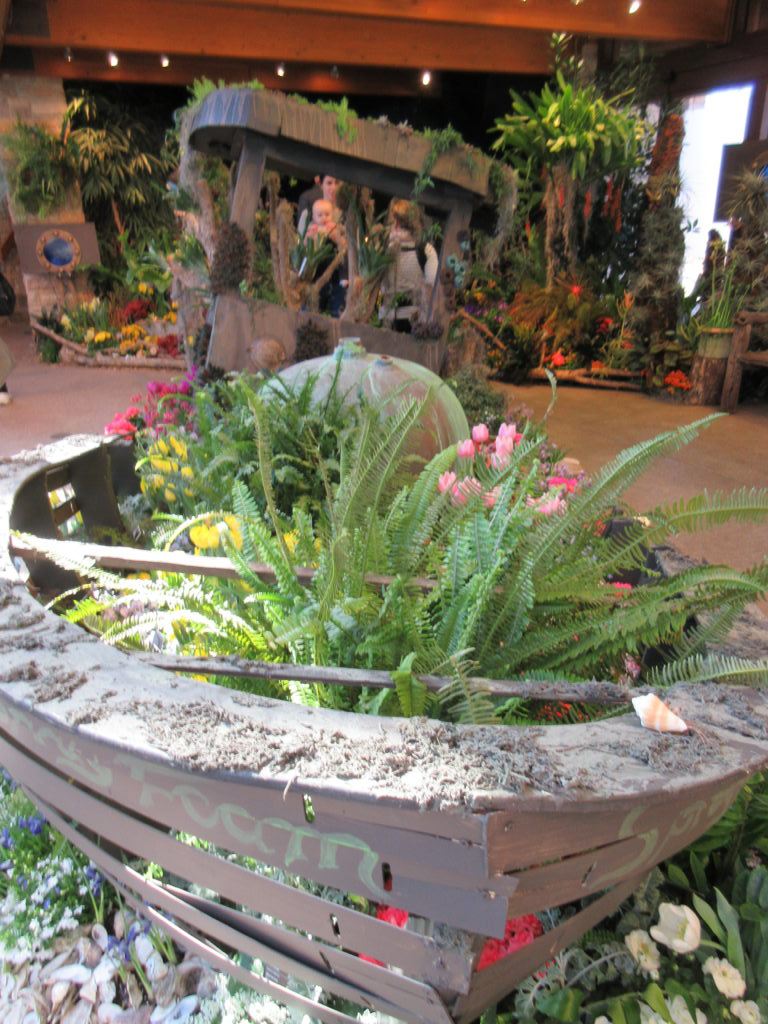
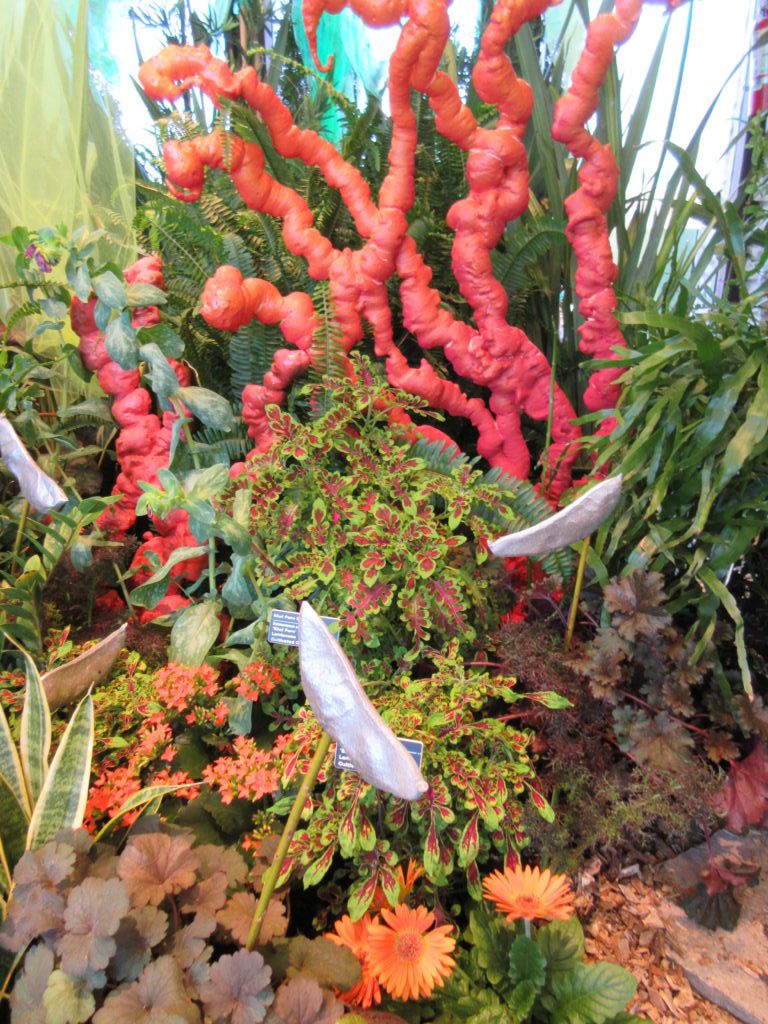
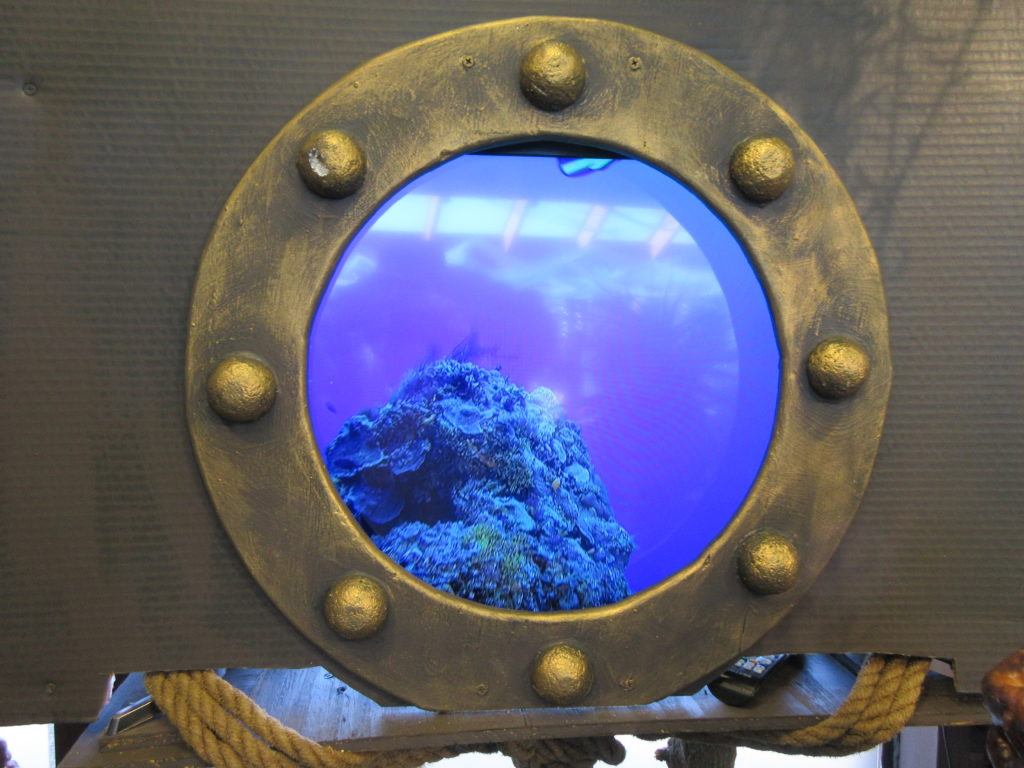
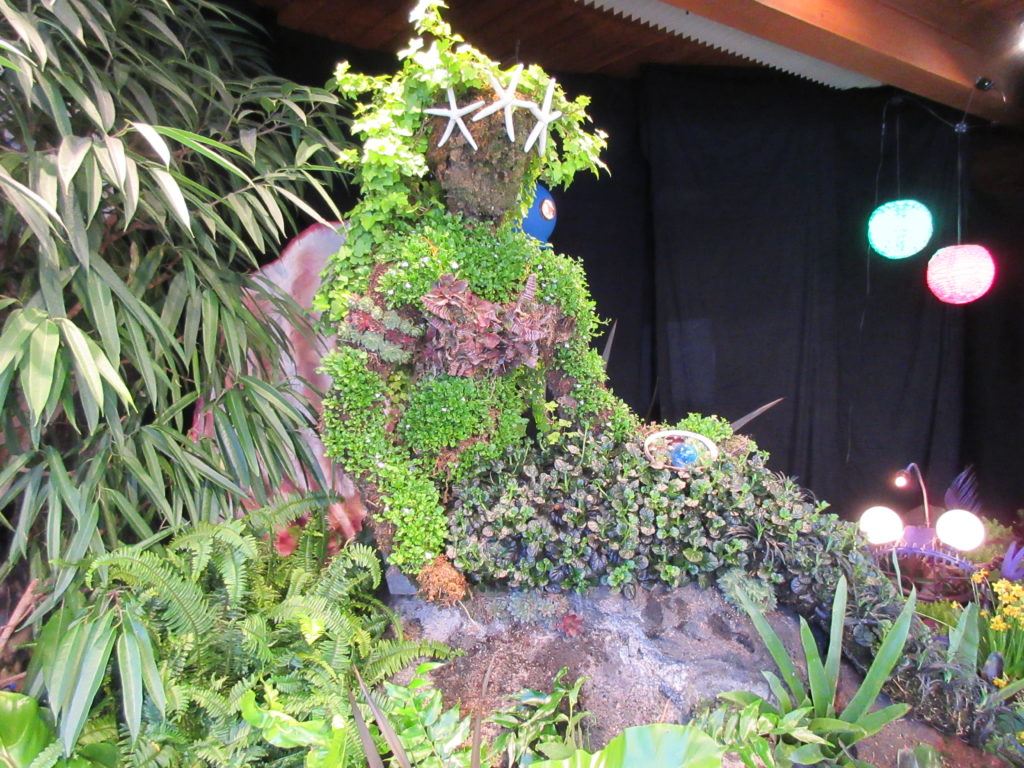
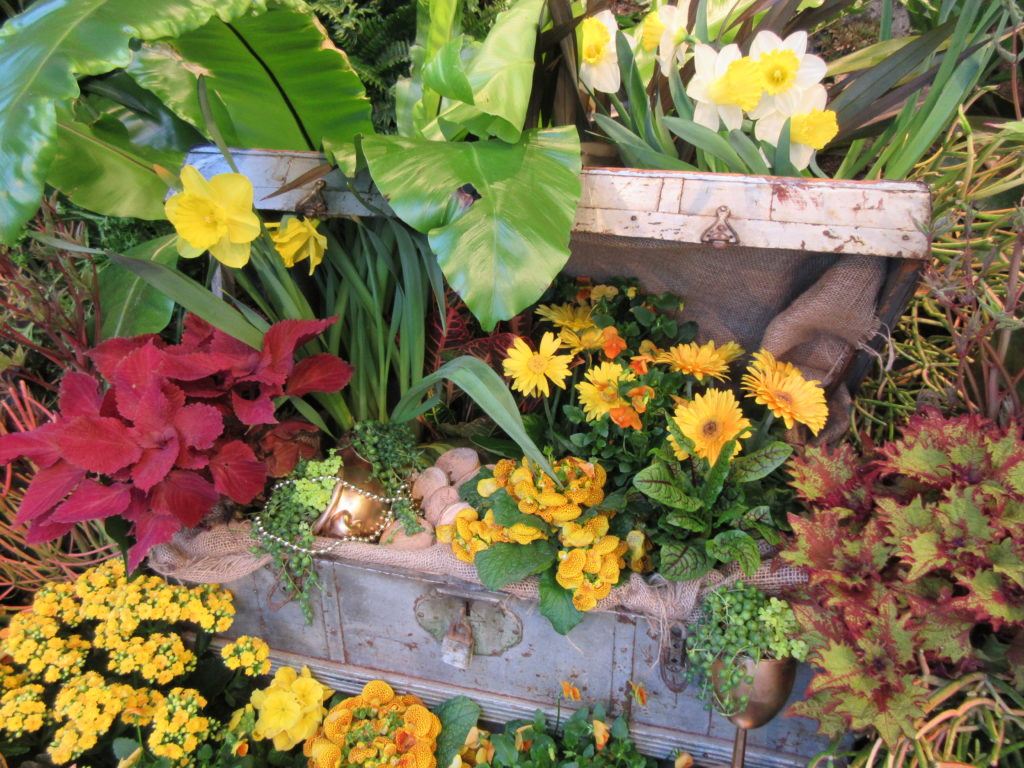
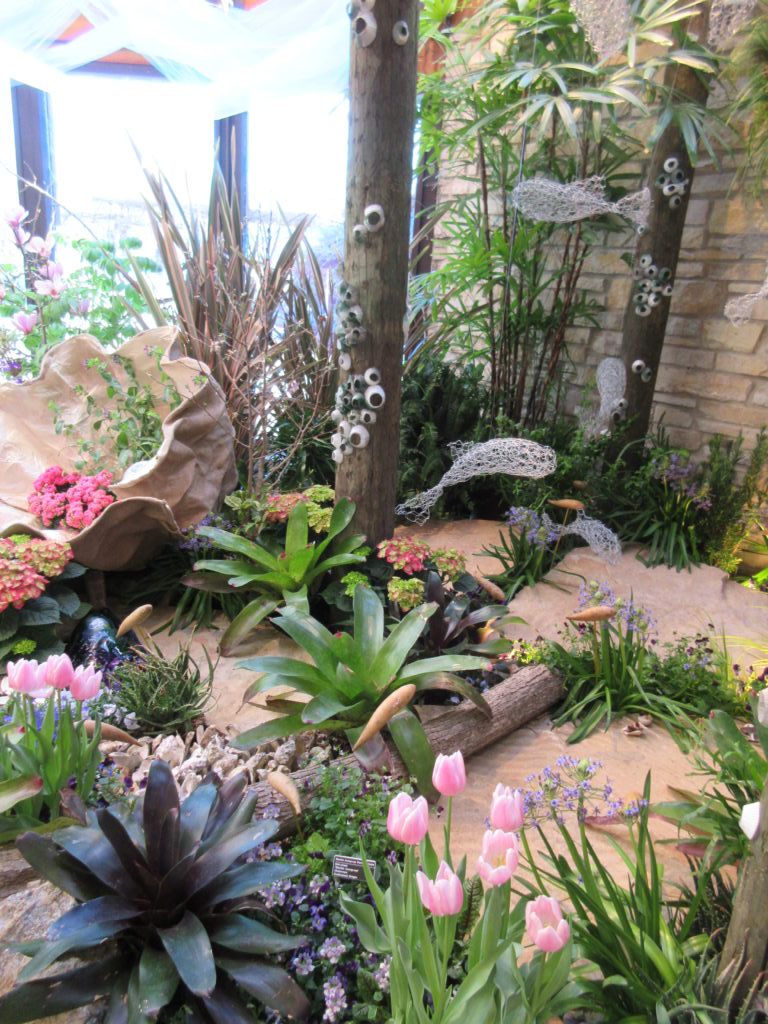
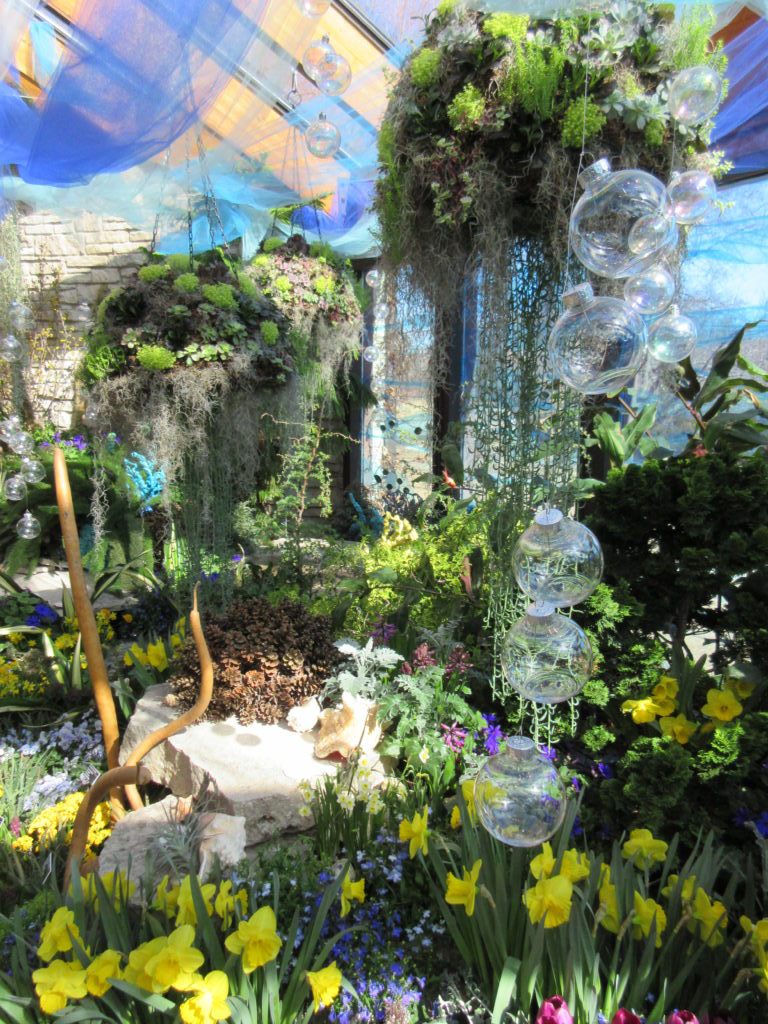
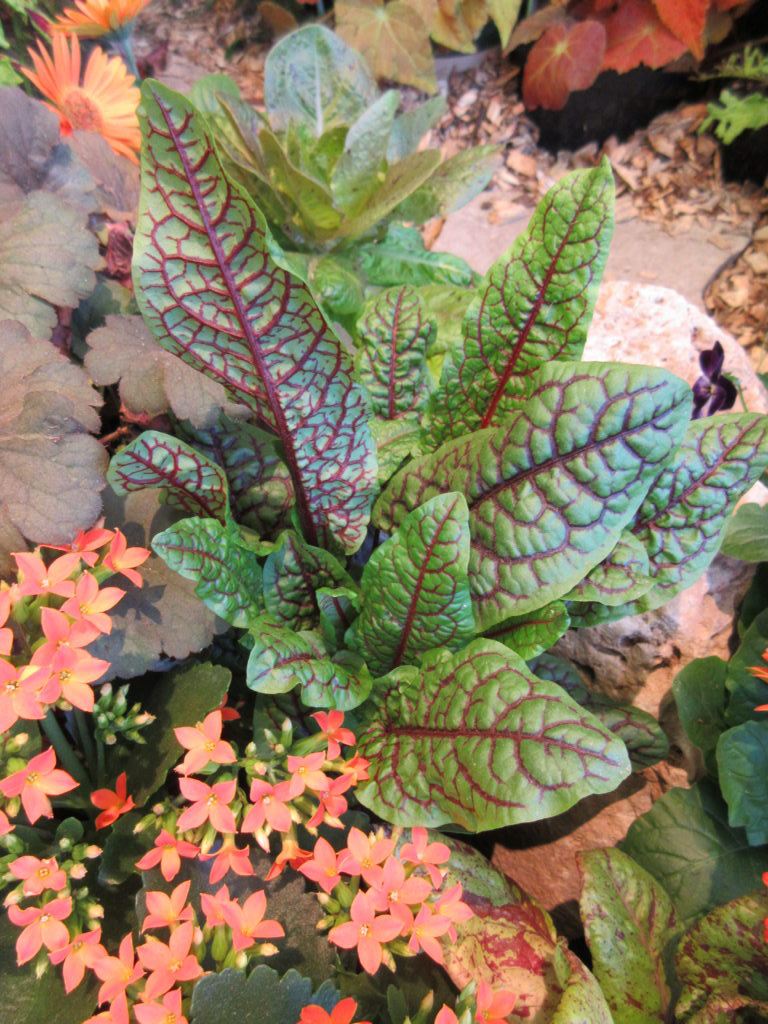
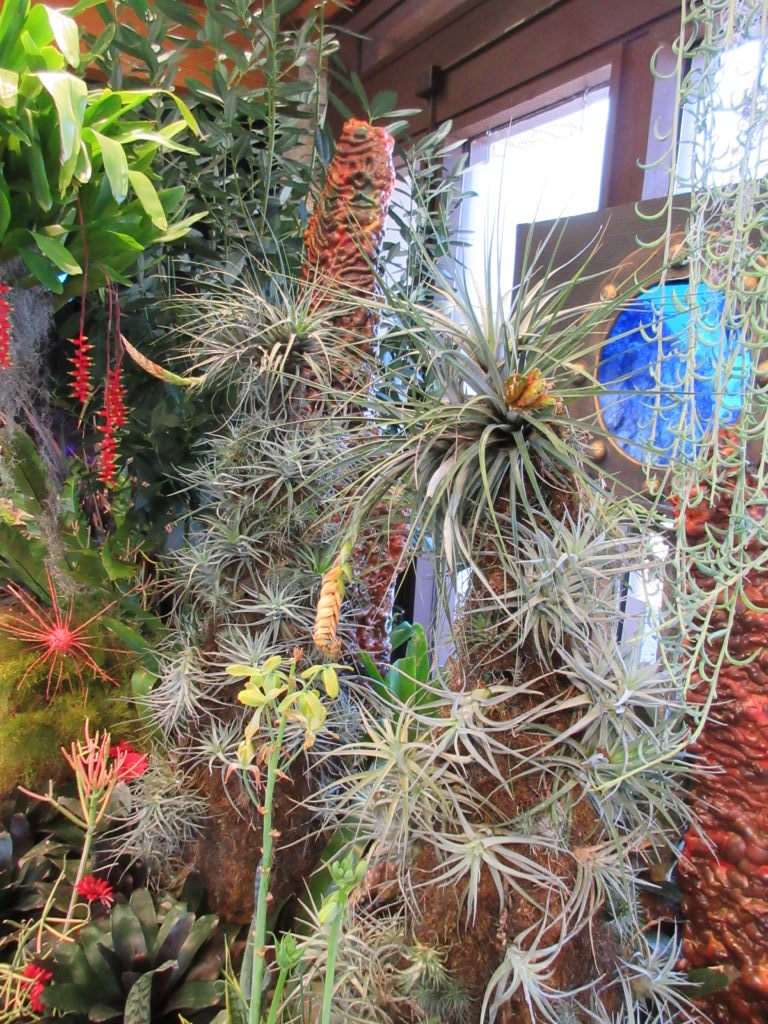
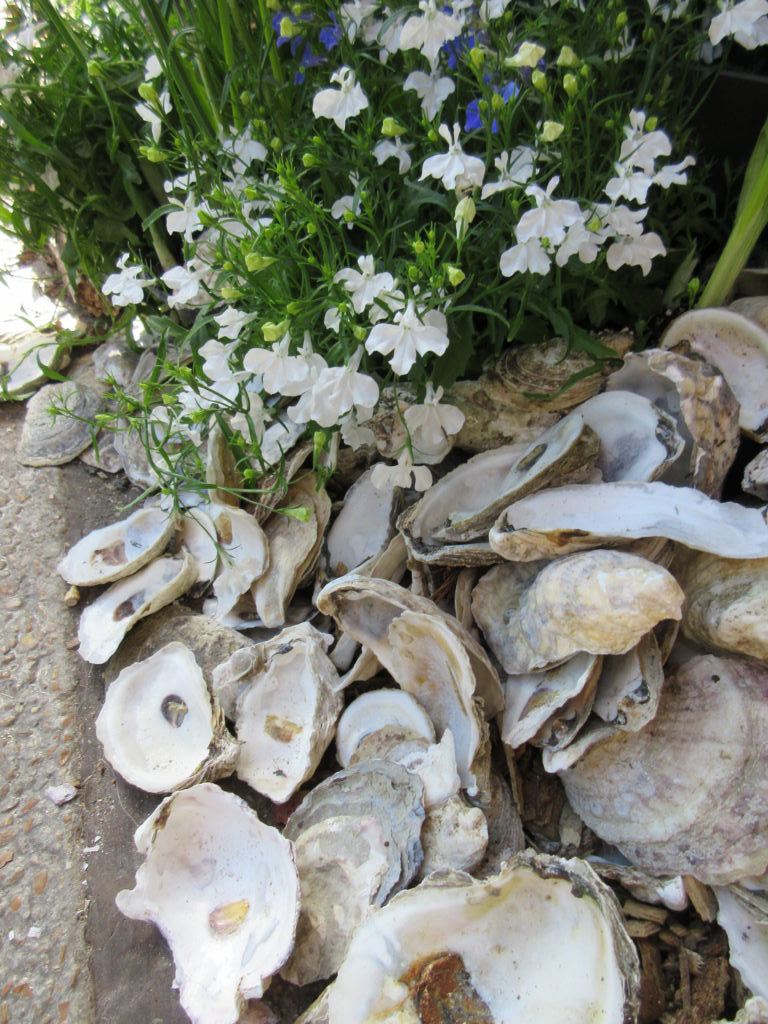
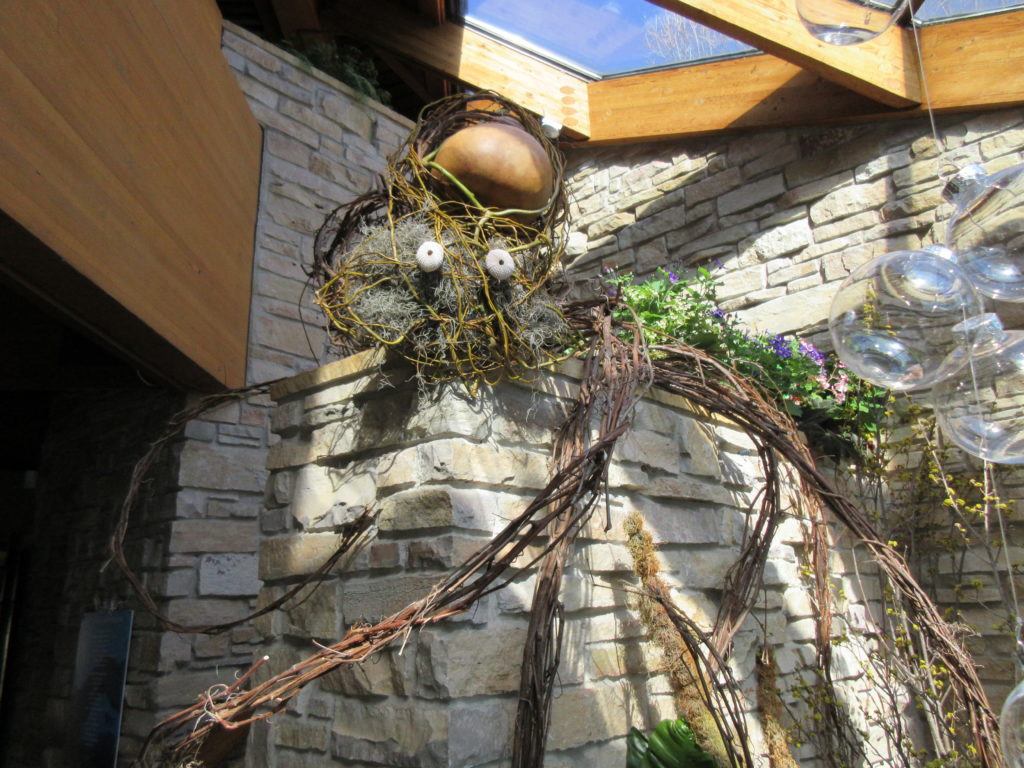
it’s an octopus! (above)
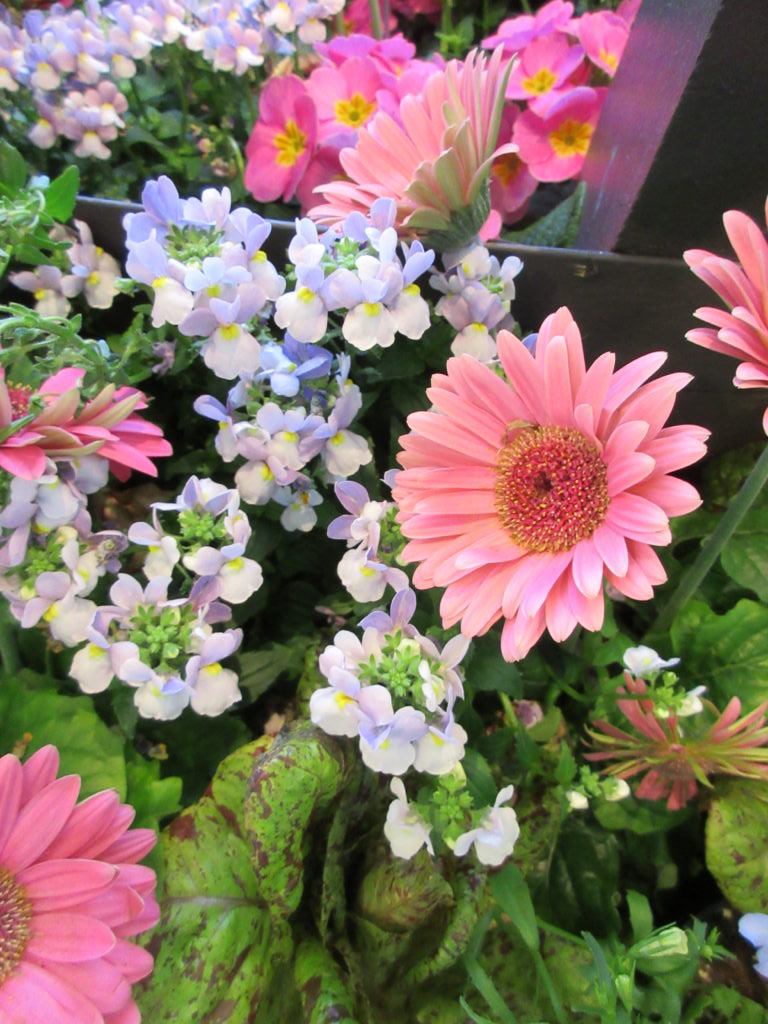
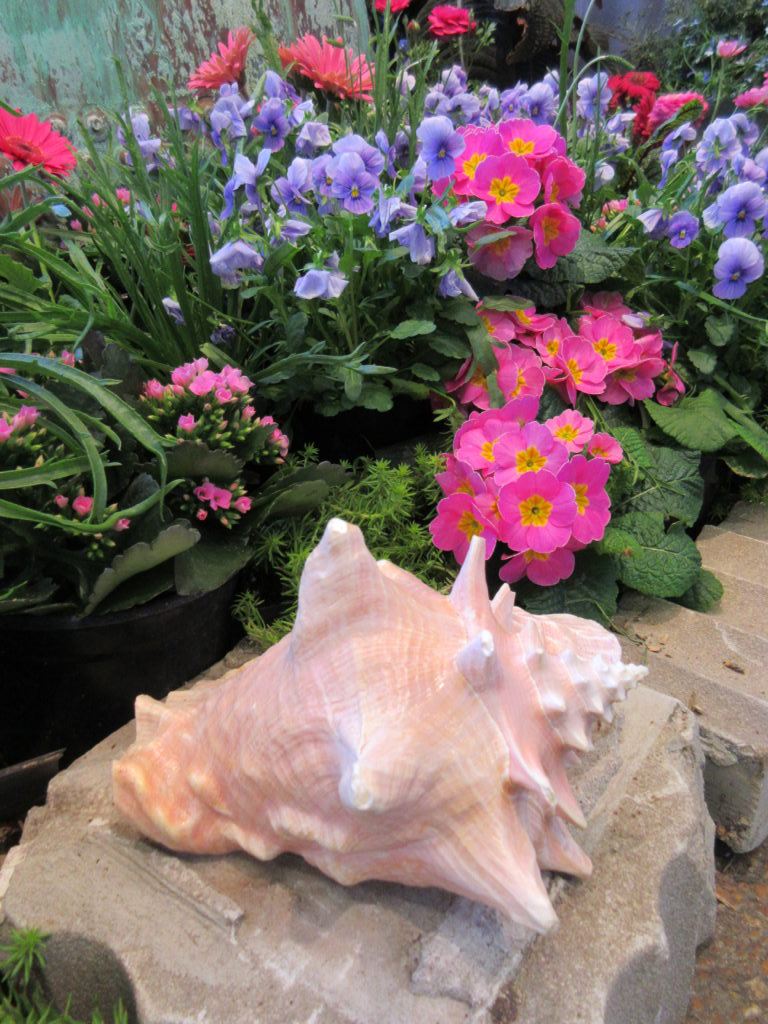
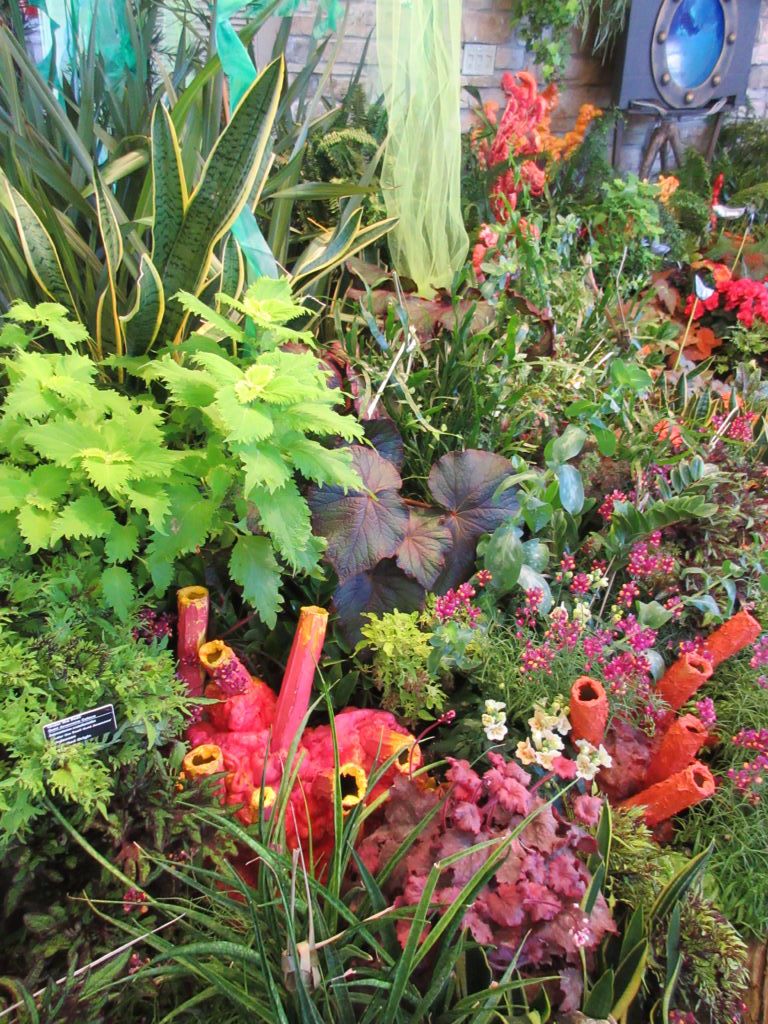
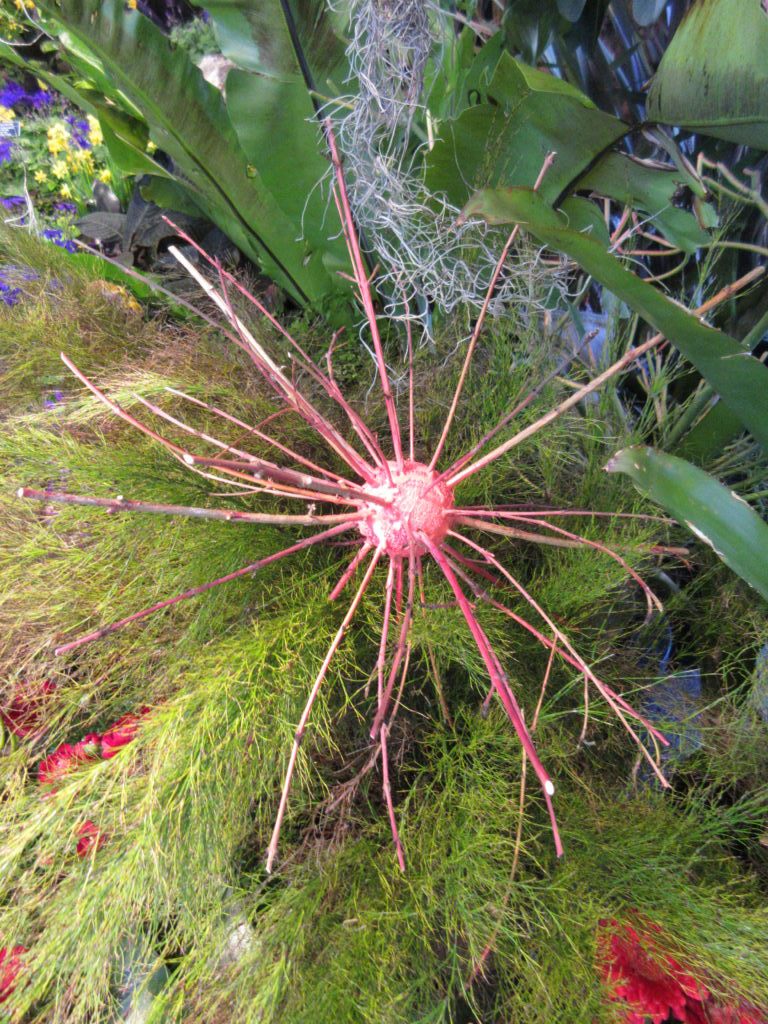
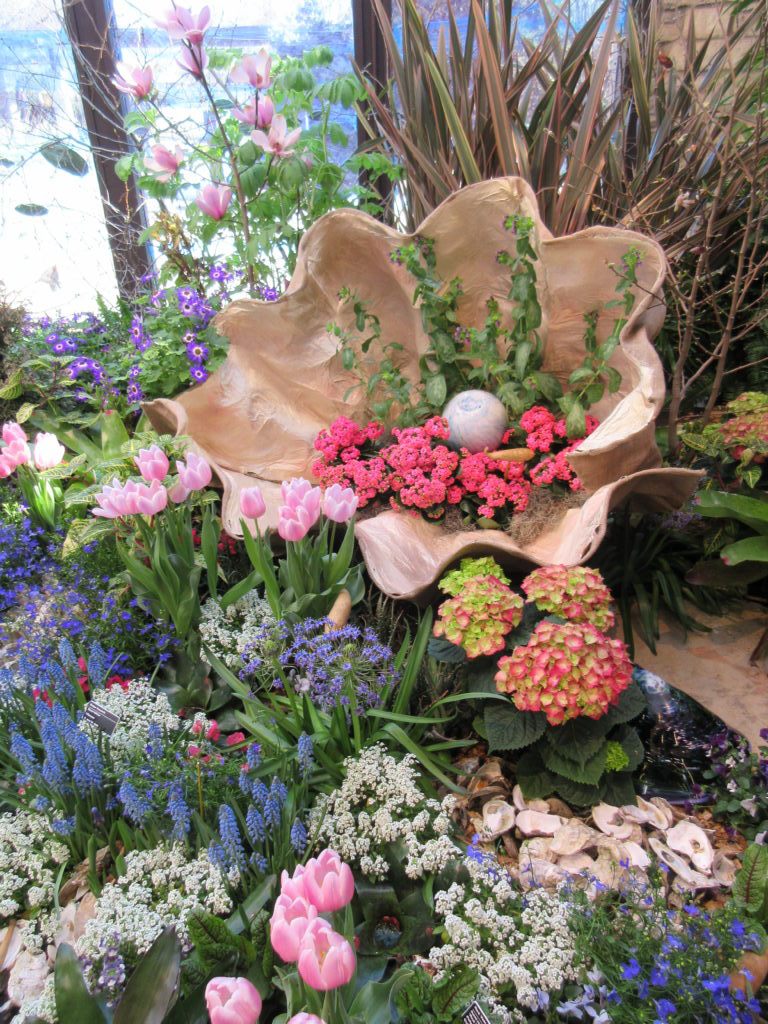
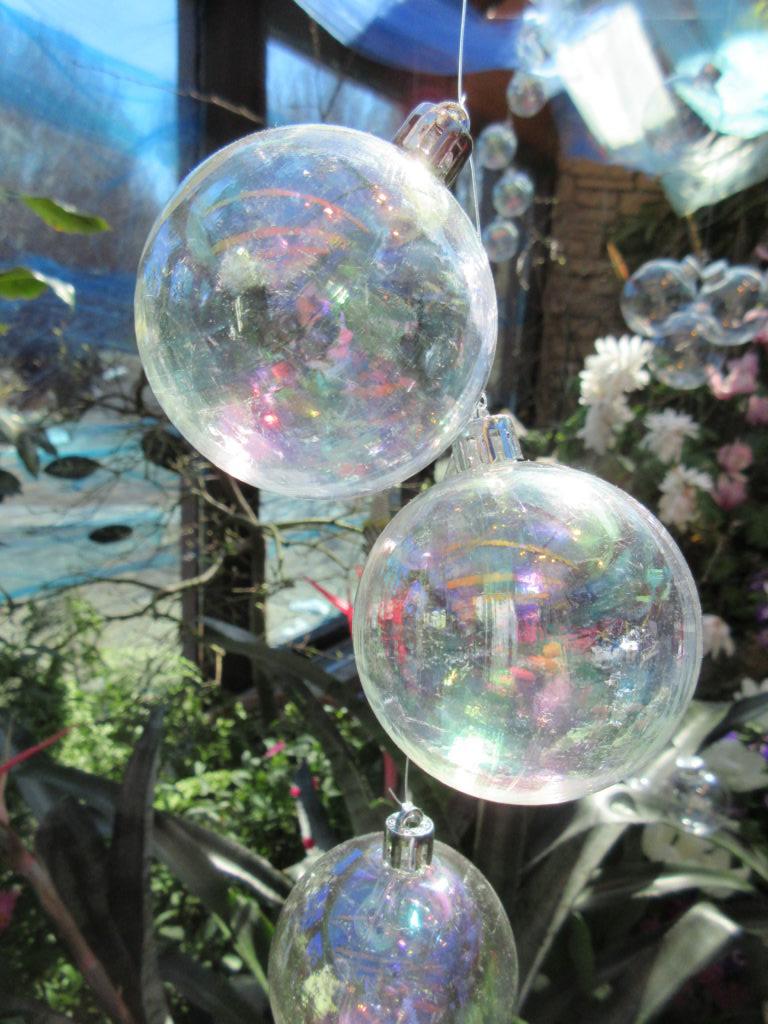
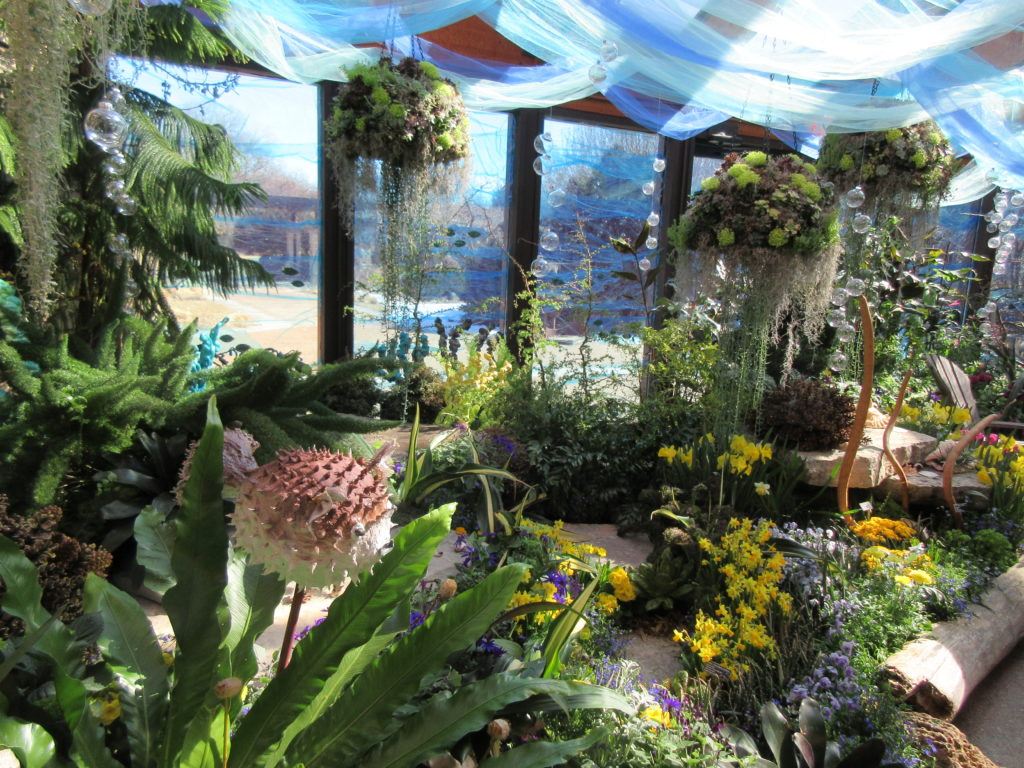
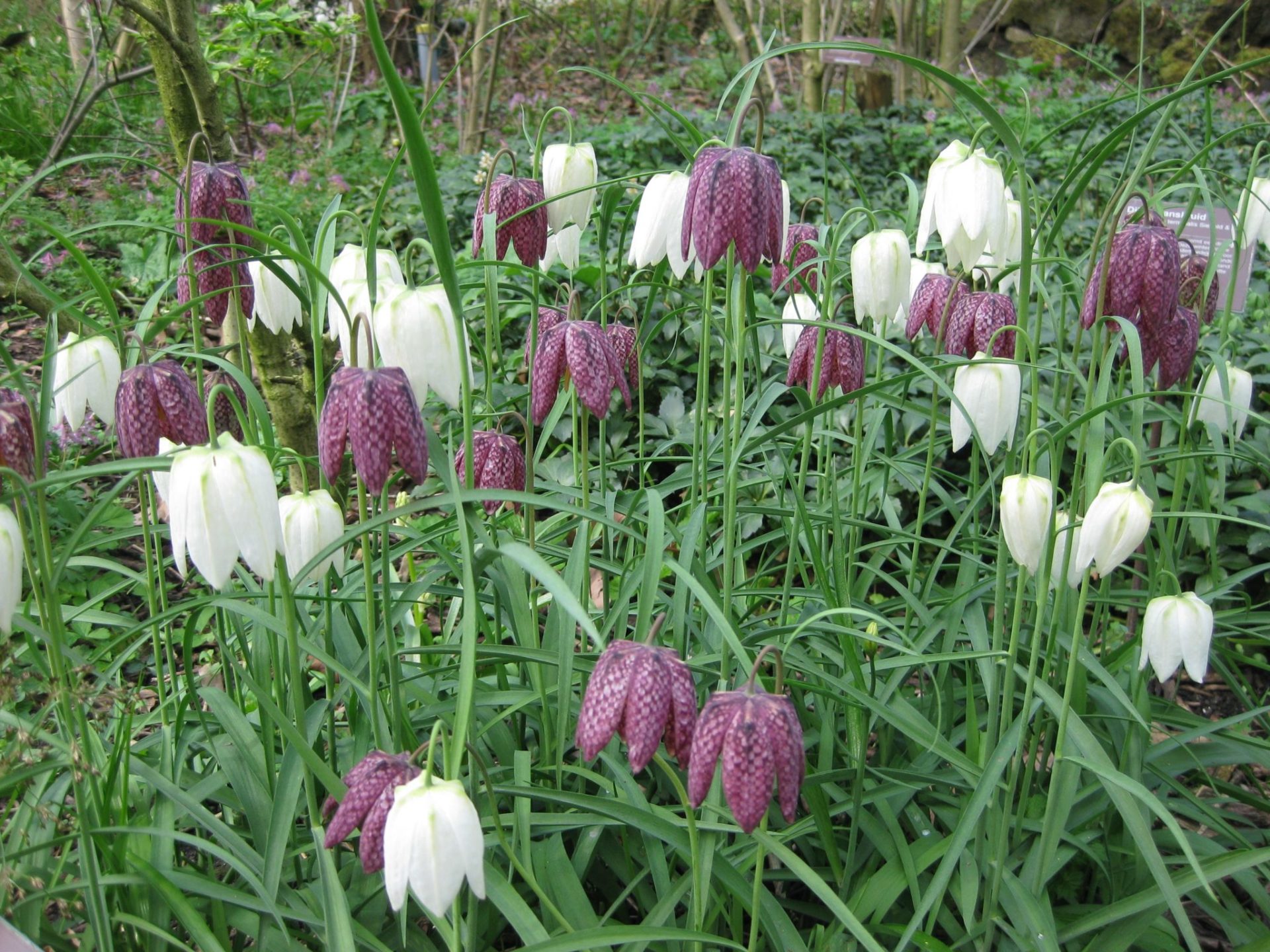
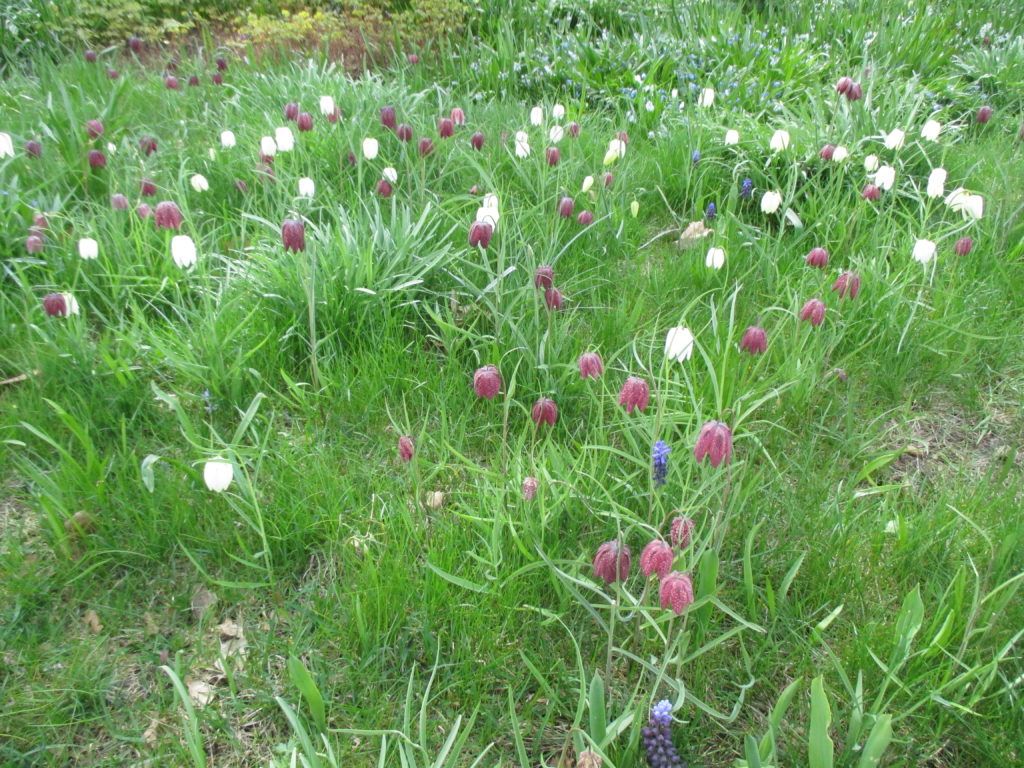
It was an overcast and cool day at the gardens but we had a nice turnout of both staff and volunteers. Larry H. continued taking down the Holiday Light Show (HLS) and we are on track to have that event packed away by the end of the month. The grounds staff and select volunteers have done a great job with this process which started over six months ago when the first lights were put up by Larry H. in August in the Japanese garden! I hope our HLS this year beats the previous attendance record of 47,000! We’ll see. A warmer than average December certainly helped in 2017. Cindy worked on tasks associated with our looming Spring Symposium this Saturday (St. Patrick’s Day!) and Bobby K. worked on some carpentry projects and garden project planning for electrical upgrades. Dr. Gredler and Alan were both in for painting and Kathy P. was out in the gardens tidying up the sunken garden. Urban did quite a bit of pruning out in the gardens as well. Art stopped by to chat about our August 8th Horticultural Therapy Symposium (more details soon!). Peg was in to print labels and Kay worked on processing the thousands of plant labels we’ll be using for the Spring Plant Sale. Steve was also in for some carpentry work. We also saw Becky, Maury, Gary, Big John and Cullen (along with Larry H., Cindy and Bobby K.) for our Garden Development & Maintenance Committee Meeting.
I’m not sure that I’ve blogged about checkered fritillary (Fritillaria meleagris) in the past but certainly should have regardless! We are still about seven weeks away from seeing these bloom out in the gardens but I always find them striking in bloom! Also called guinea hen flower (similar checkered pattern!), snake’s head fritillary, chess flower and many other common names, this European native is hardy to zone 3 and thrives in both sun and part shade. Featured throughout this blog are the two selections available to home gardeners. The white form is beautiful and while the “checkering” is still there, it’s certainly harder to notice it from a distance. The white form is frequently listed as Fritillaria meleagris var. unicolor subvar. alba or simply ‘Alba’. Checkered fritillary (Liliaceae family) is planted as a bulb in fall (3″ deep and 3″ apart) and typically emerges in mid April and blooms in early May. Plant these in areas that don’t receive a lot of summer moisture during the dormancy period for this bulb. They tend to thrive for many years in areas that experience drier summer soils (not unlike tulips!). The flowers are beautiful to observe and the bulbs are quite affordable if you can locate them in fall for installation throughout the landscape. Note the use of this bulb in meadow gardens (Olbrich Botanical Garden, Madison, WI) where it blooms early and goes dormant as the warm season grasses are filling in as the soil warms (photo directly above and three below).
